Tim-D-AmazonBookPubl Misc 7 to end
Tim-D-AmazonBookPubl Misc 7 to end - Part 1
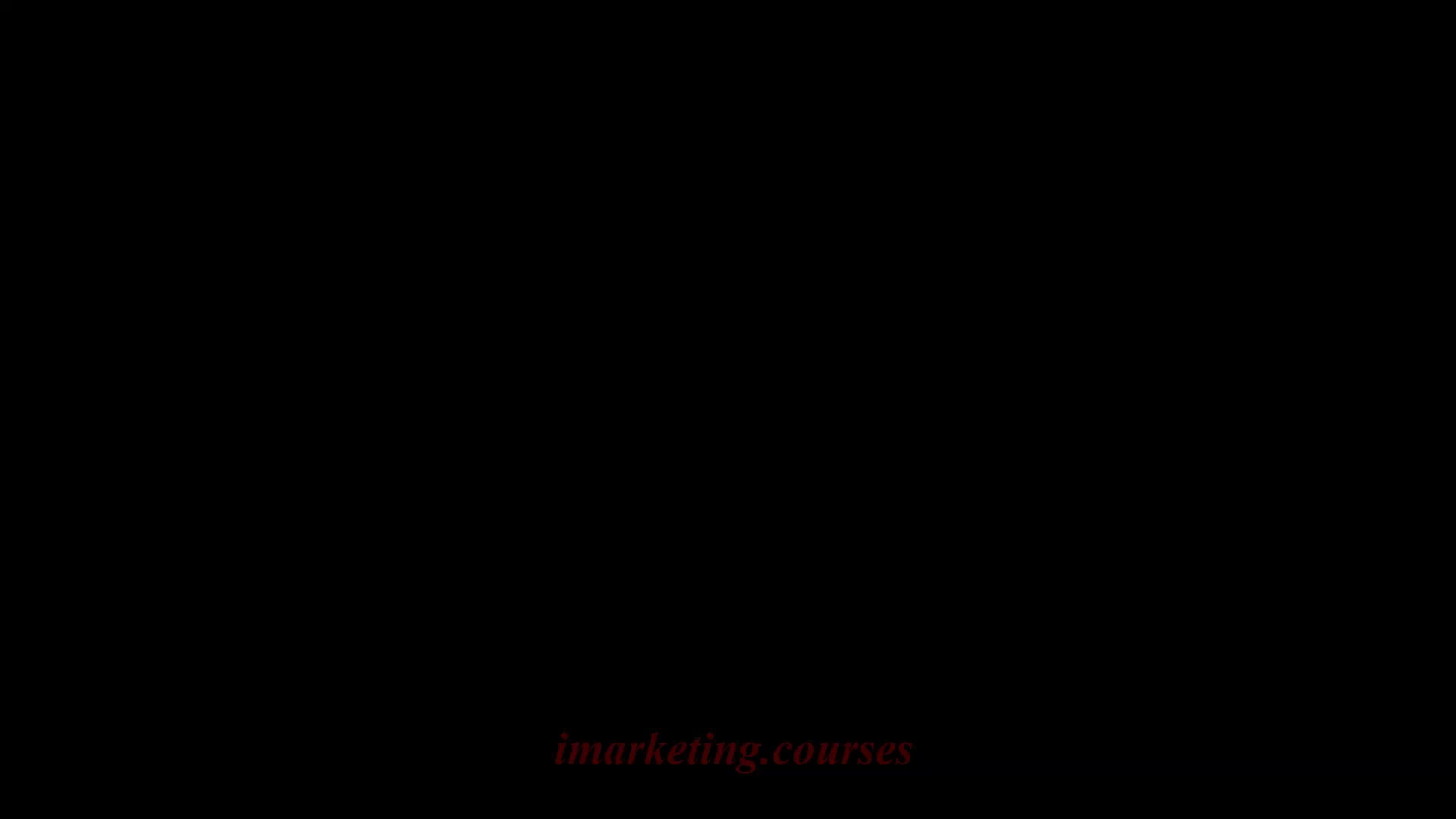
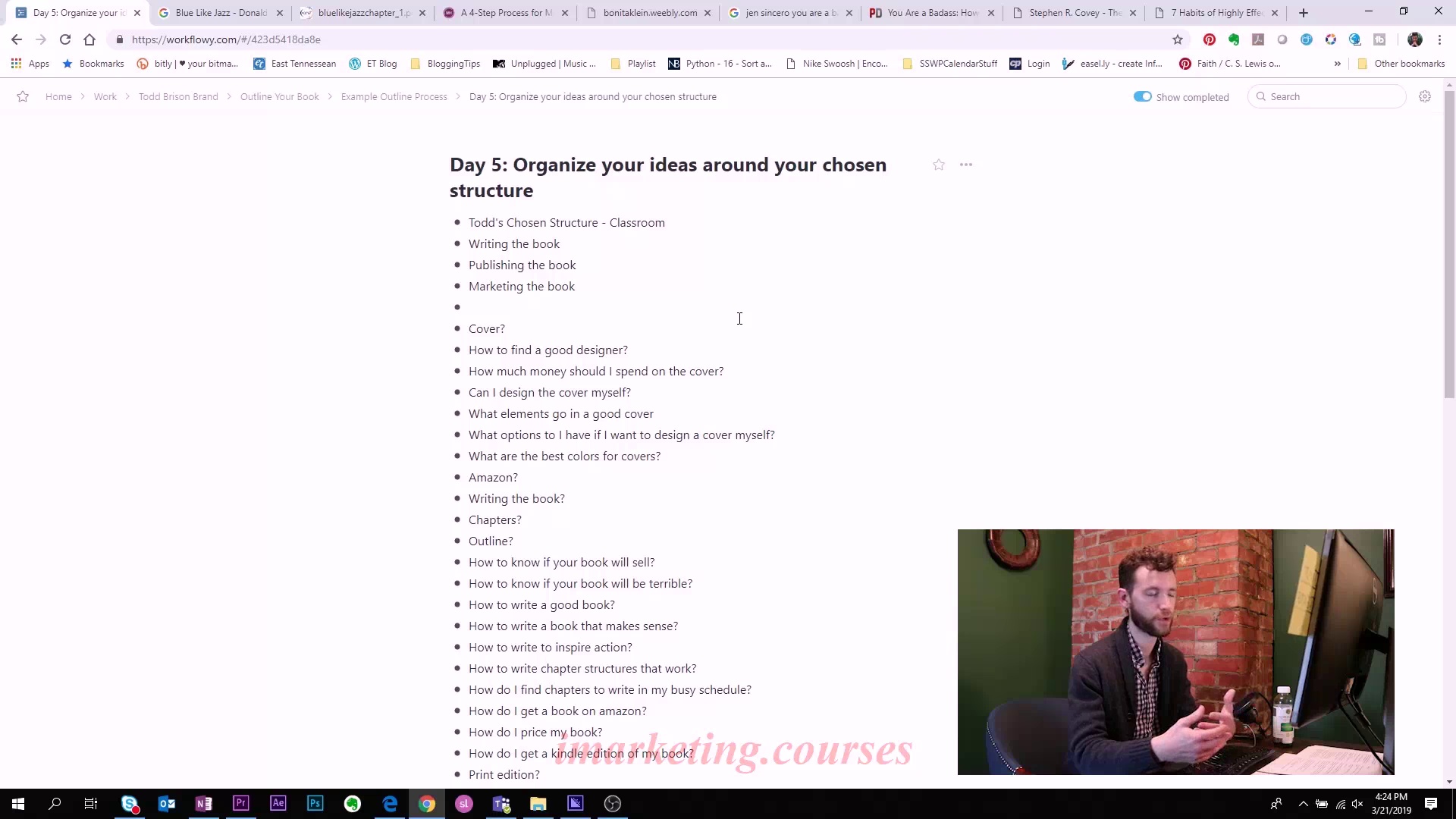
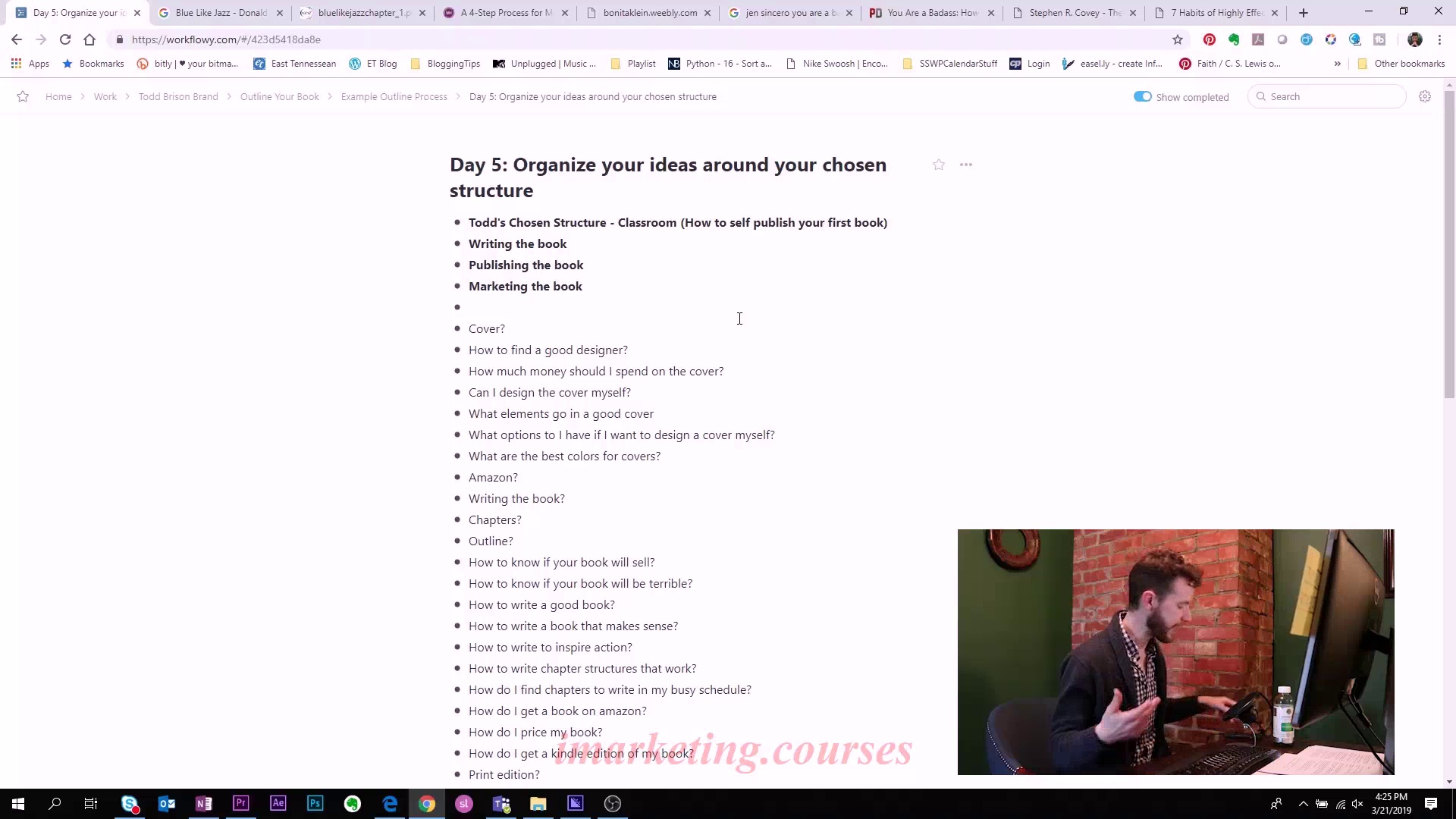
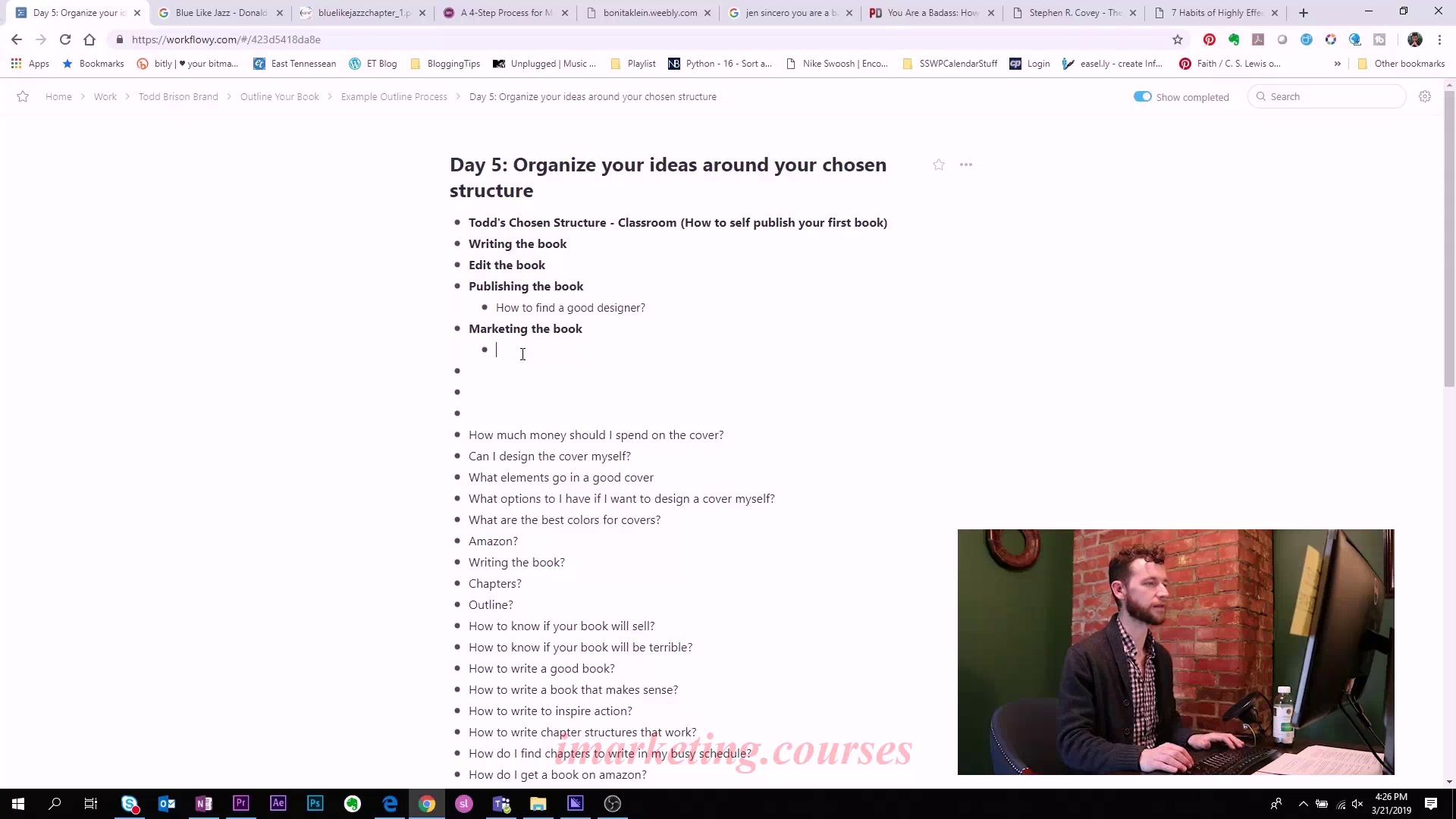
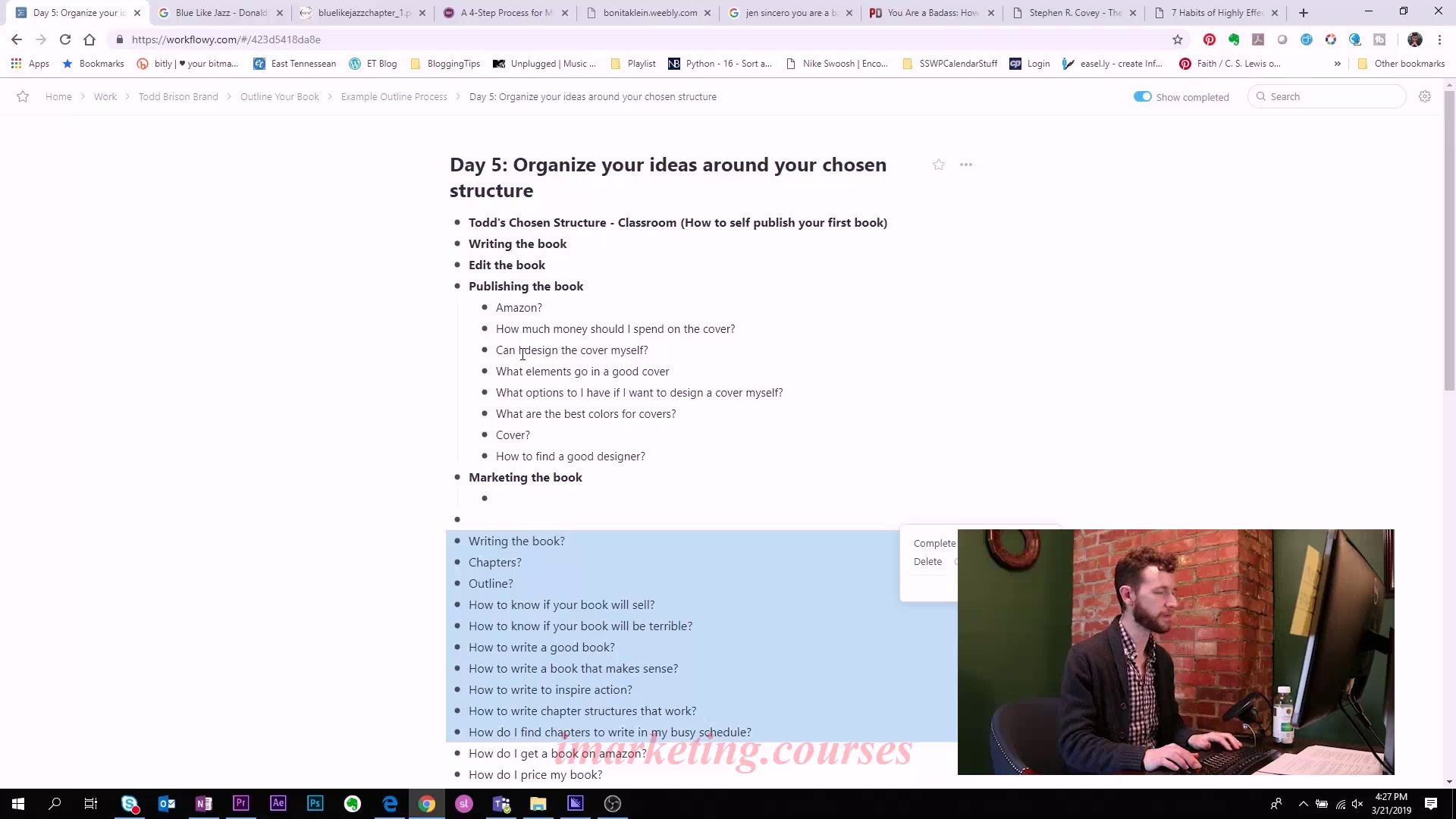
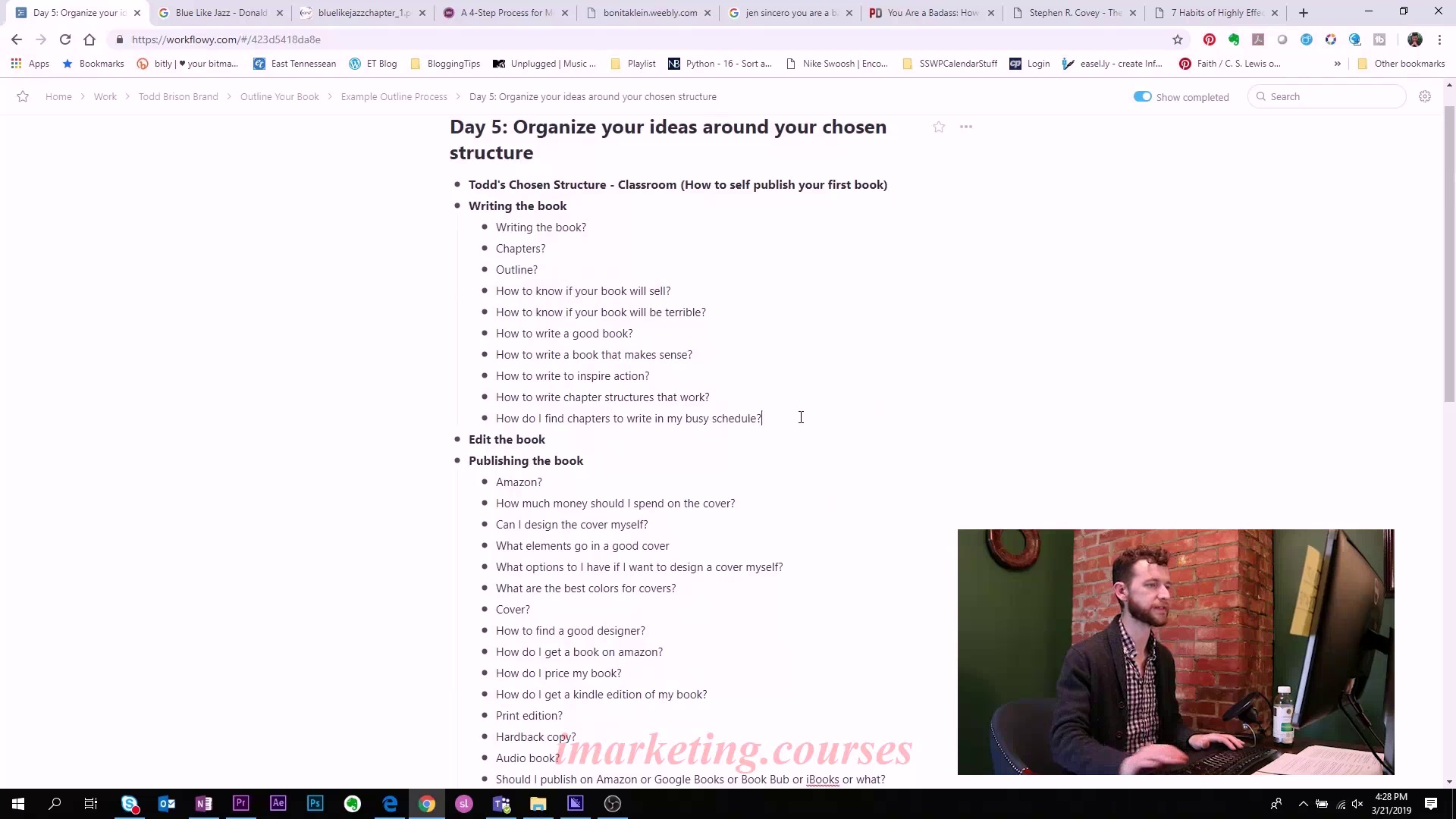

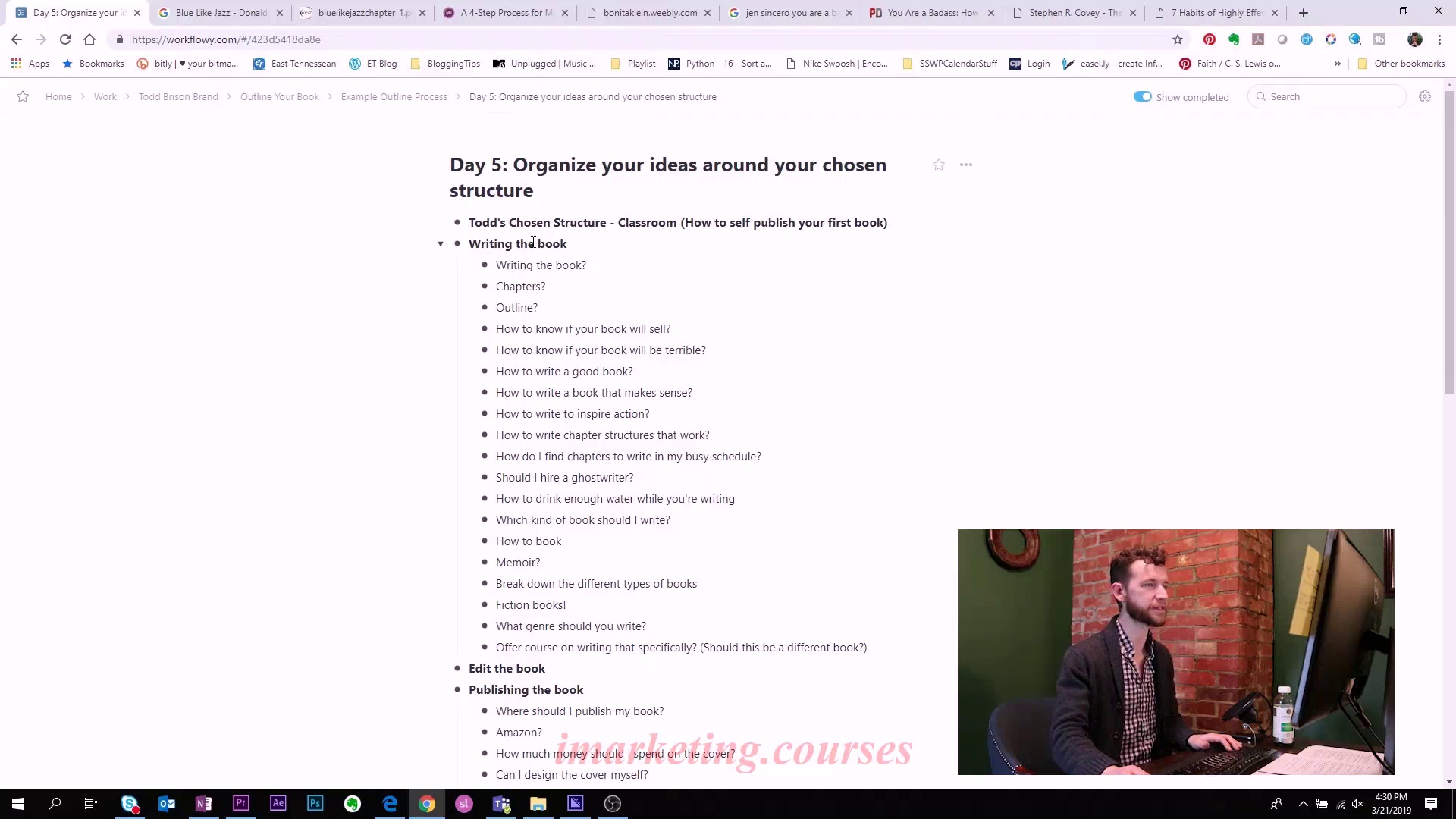
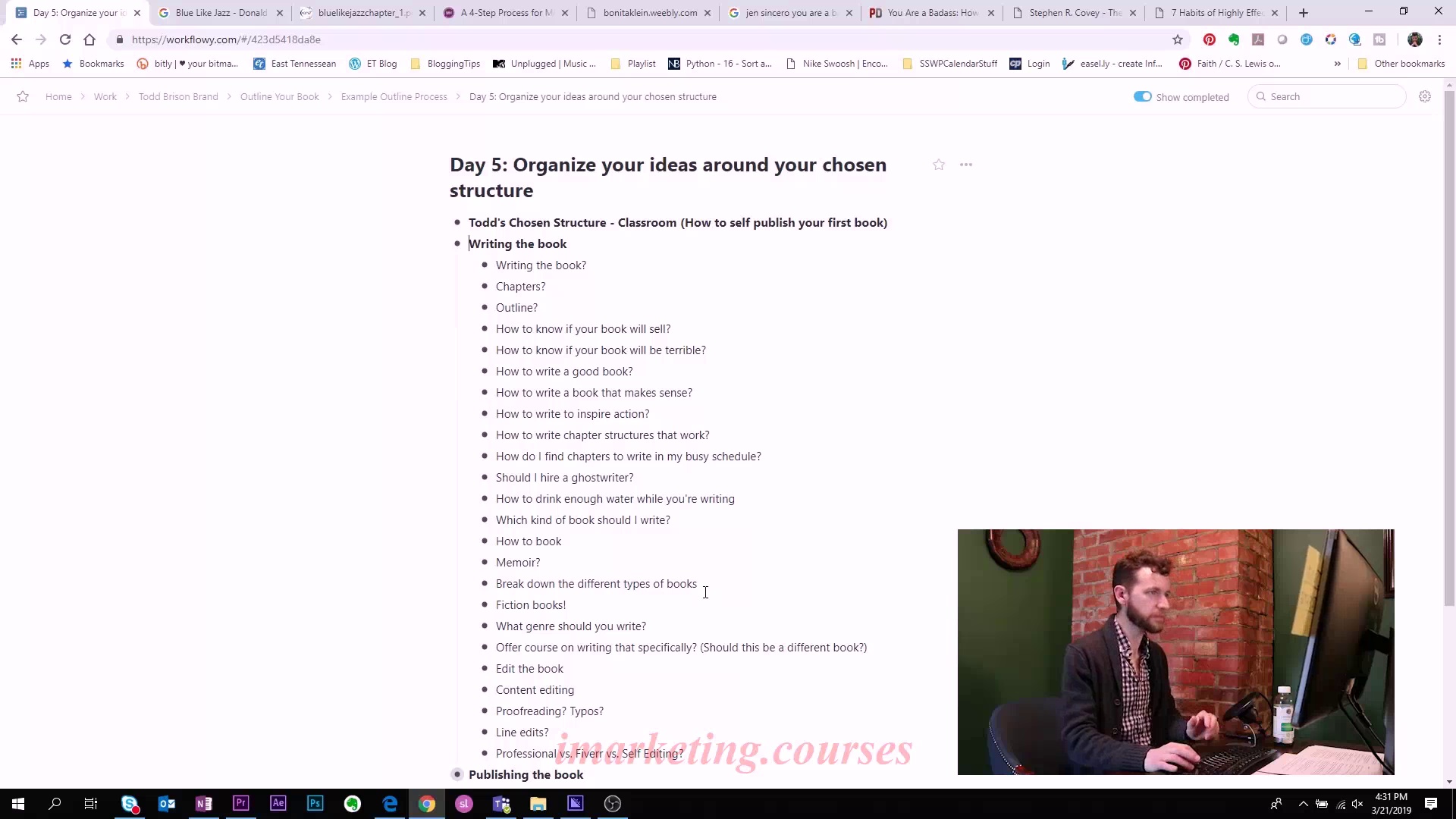

The narrator is organizing ideas for a book on self-publishing into a structure of three main sections: writing the book, publishing the book, and marketing the book. He chose this classroom structure so readers can logically progress through the necessary steps.
First, the narrator took all the ideas he previously brainstormed and started sorting them into the appropriate sections in the structure. He realized some ideas fit better in different sections than he originally thought. He also came up with new ideas as he organized existing ones.
Next, the narrator emphasized not deleting or filtering ideas yet at this stage. The creative process benefits from capturing all ideas first before later refining. In the next lesson, he will show how to trim the outline down to make it more coherent and thorough.
Overall, the key goal now is to have all your ideas organized within your chosen book structure. This gives you clarity on where to start writing and prevents wasting months struggling to figure out what to write next.
.Tim-D-AmazonBookPubl Misc 7 to end - Part 2










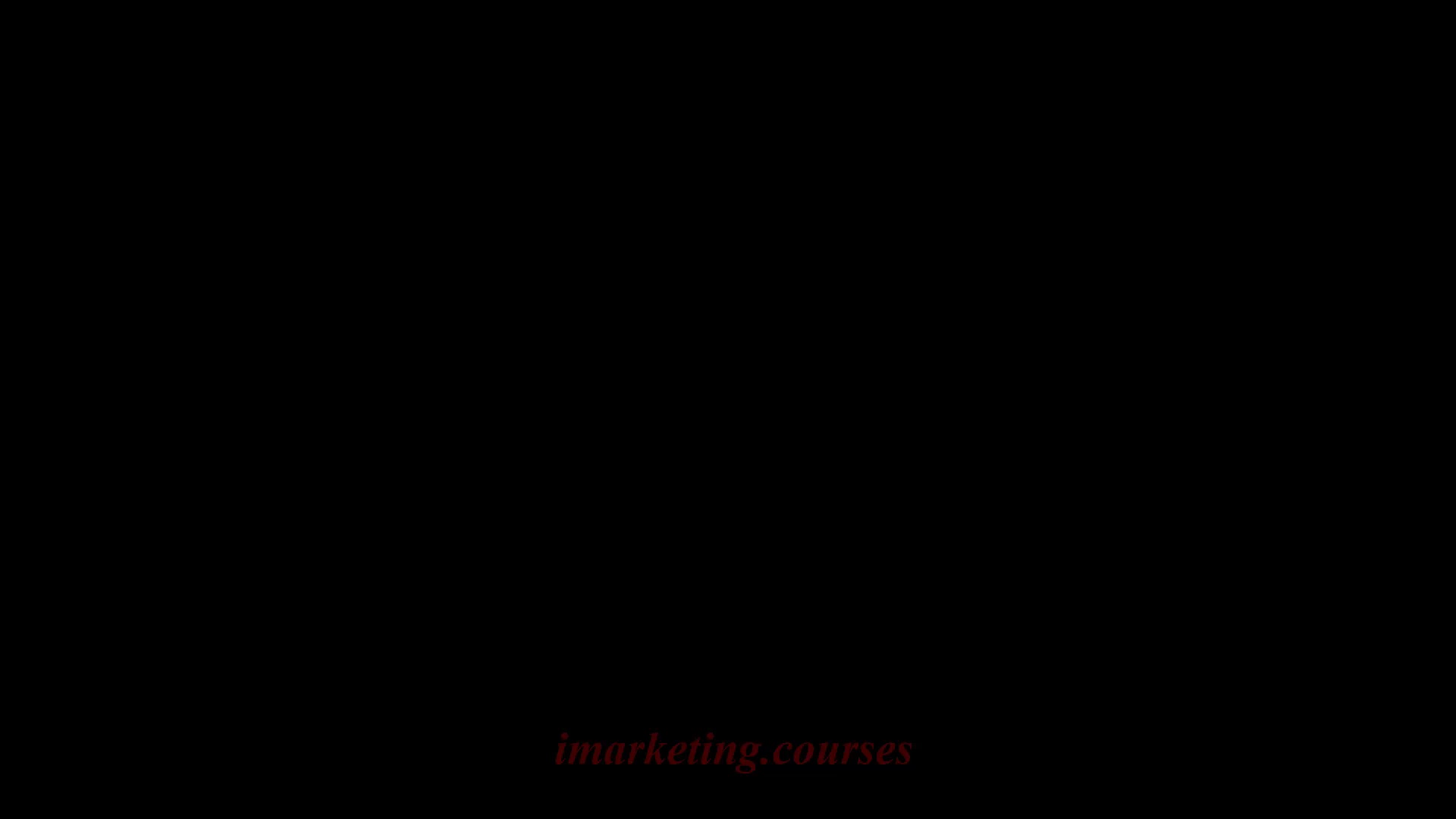



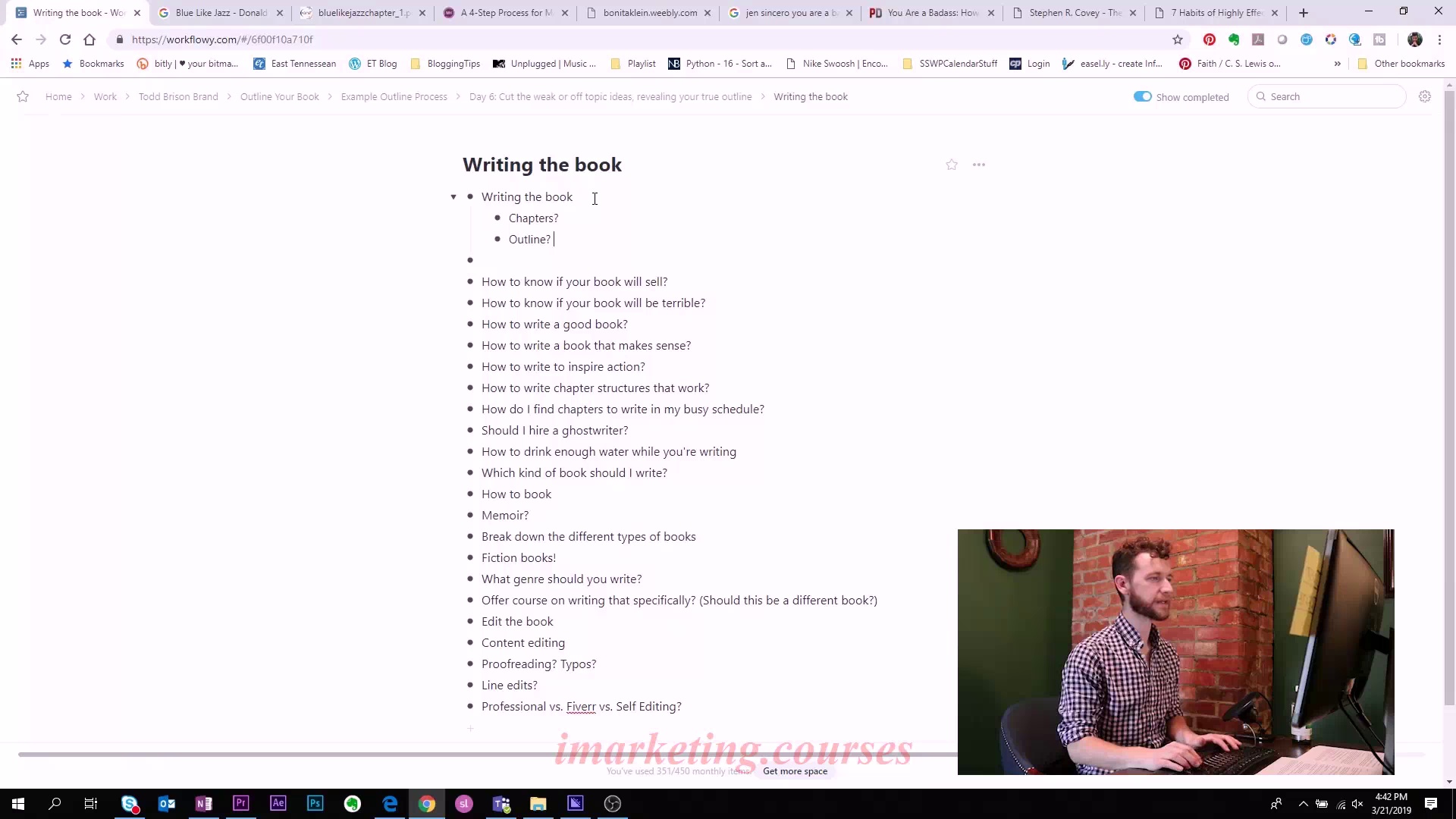
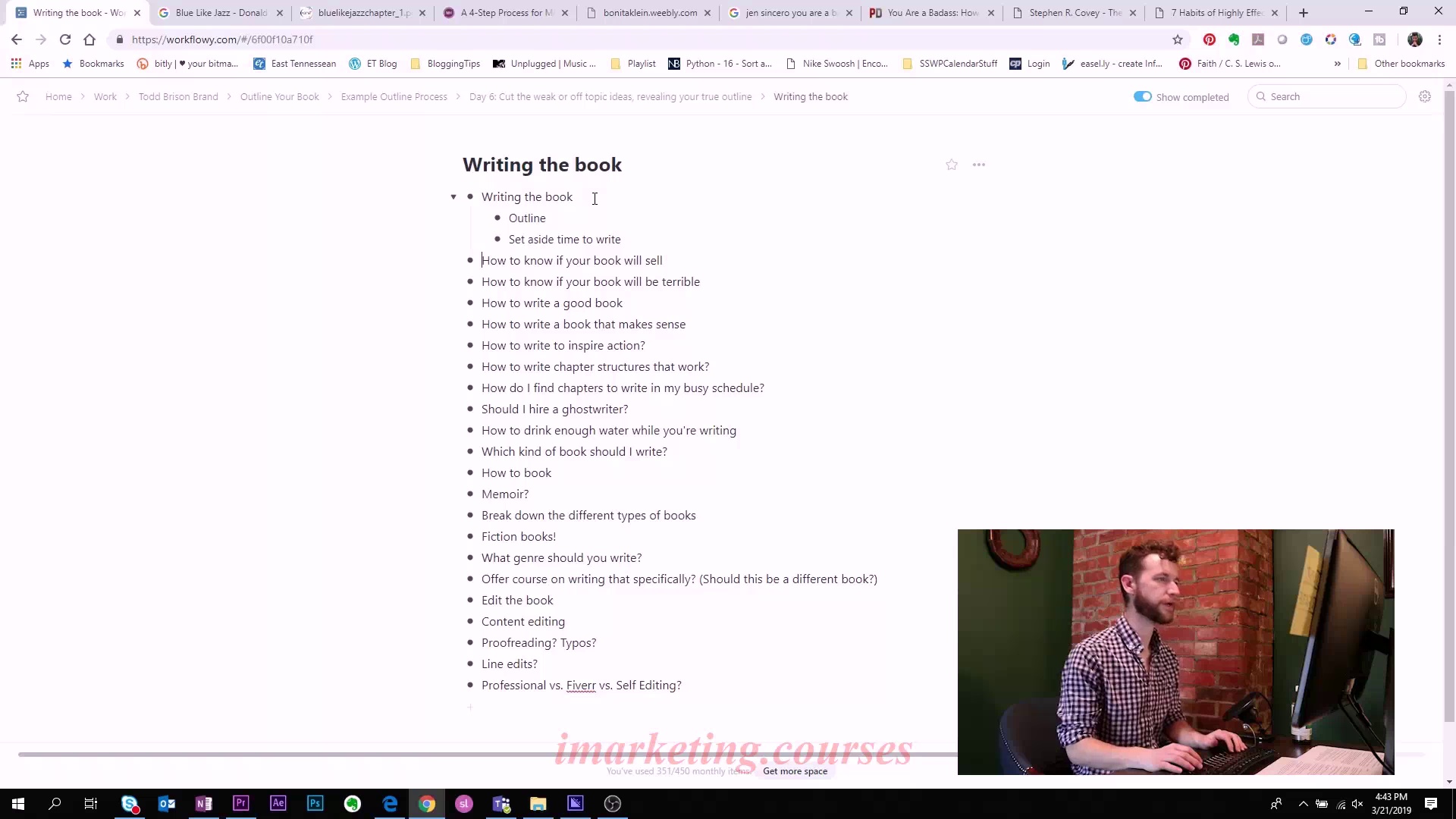
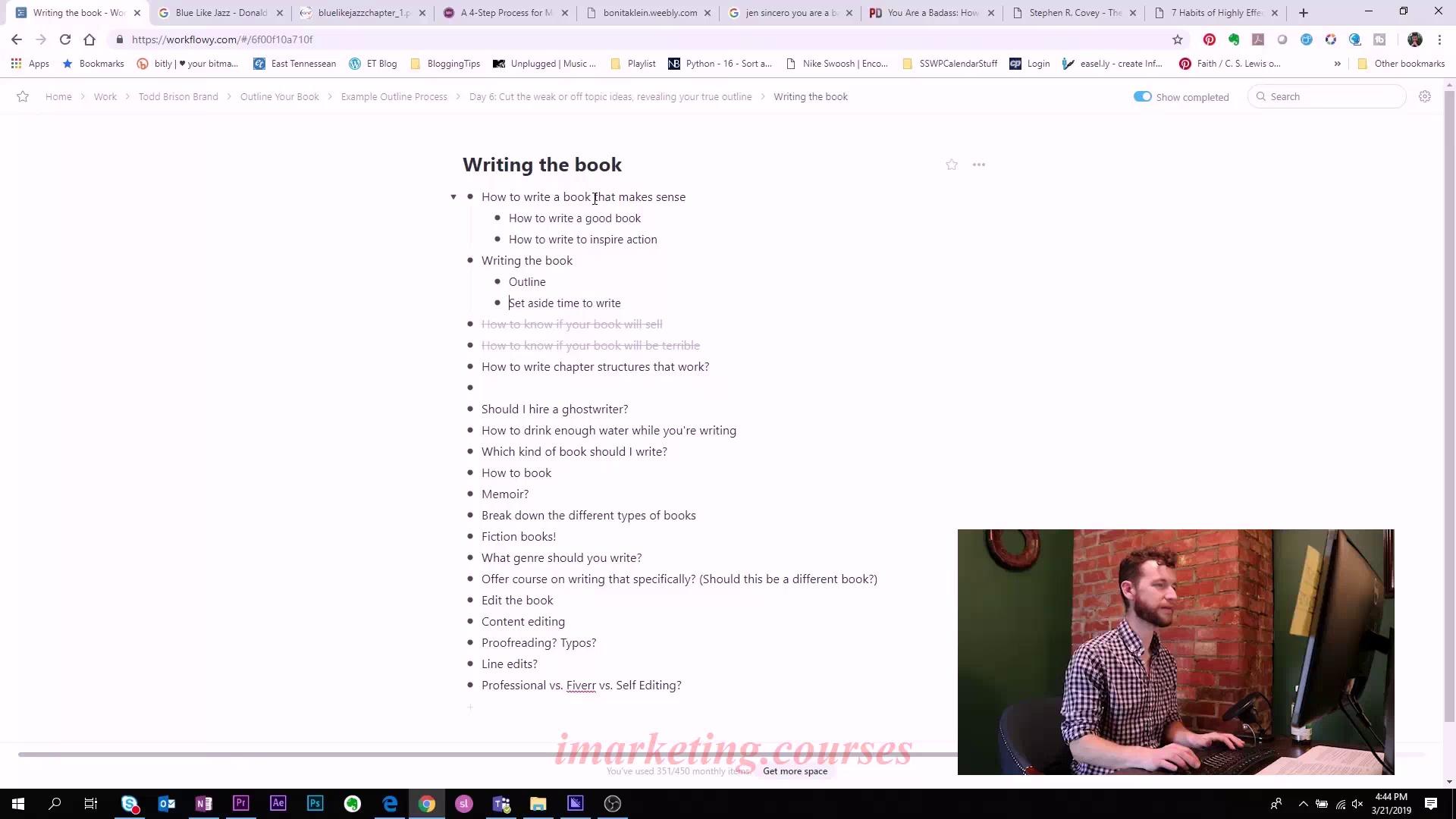
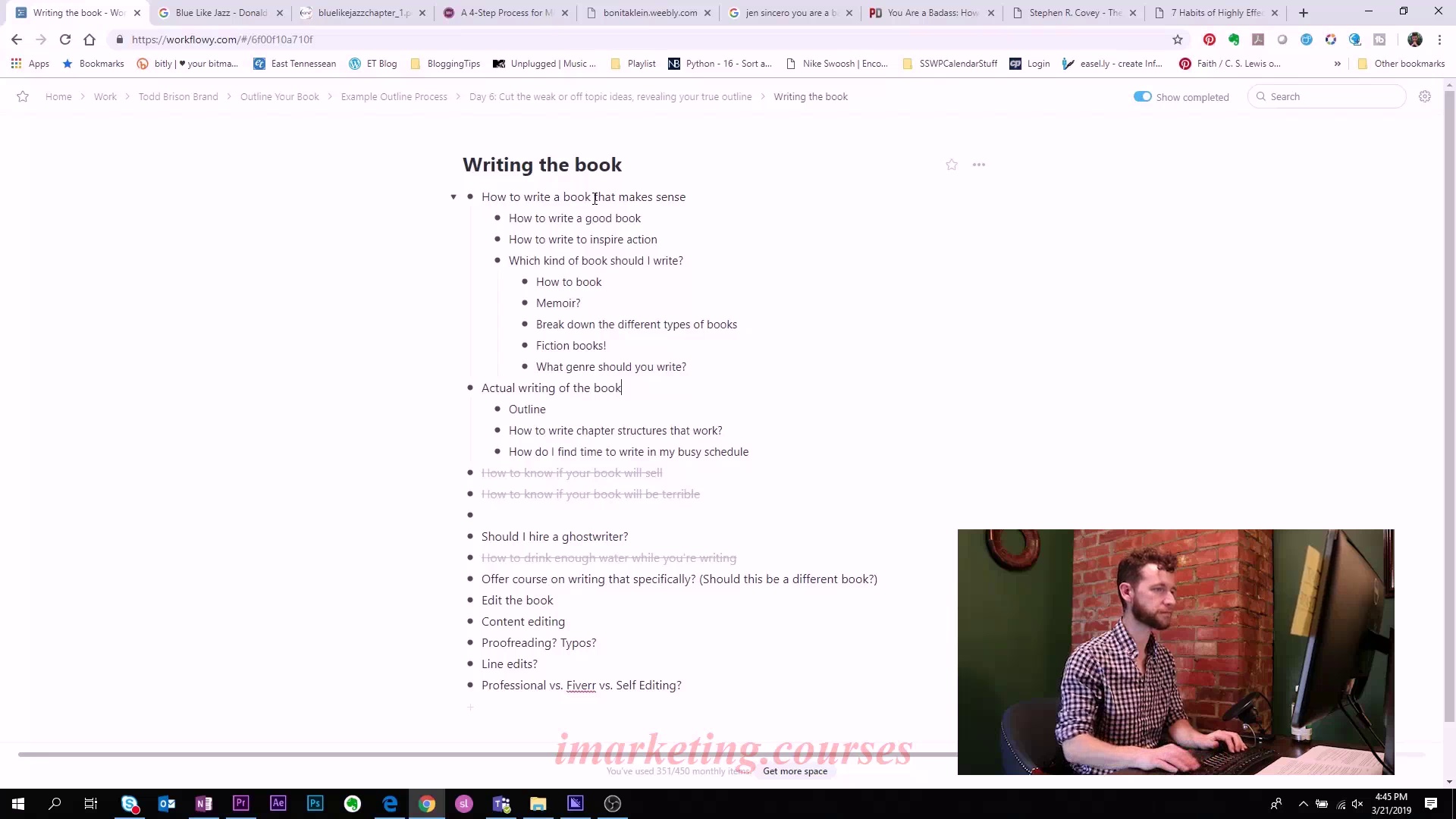
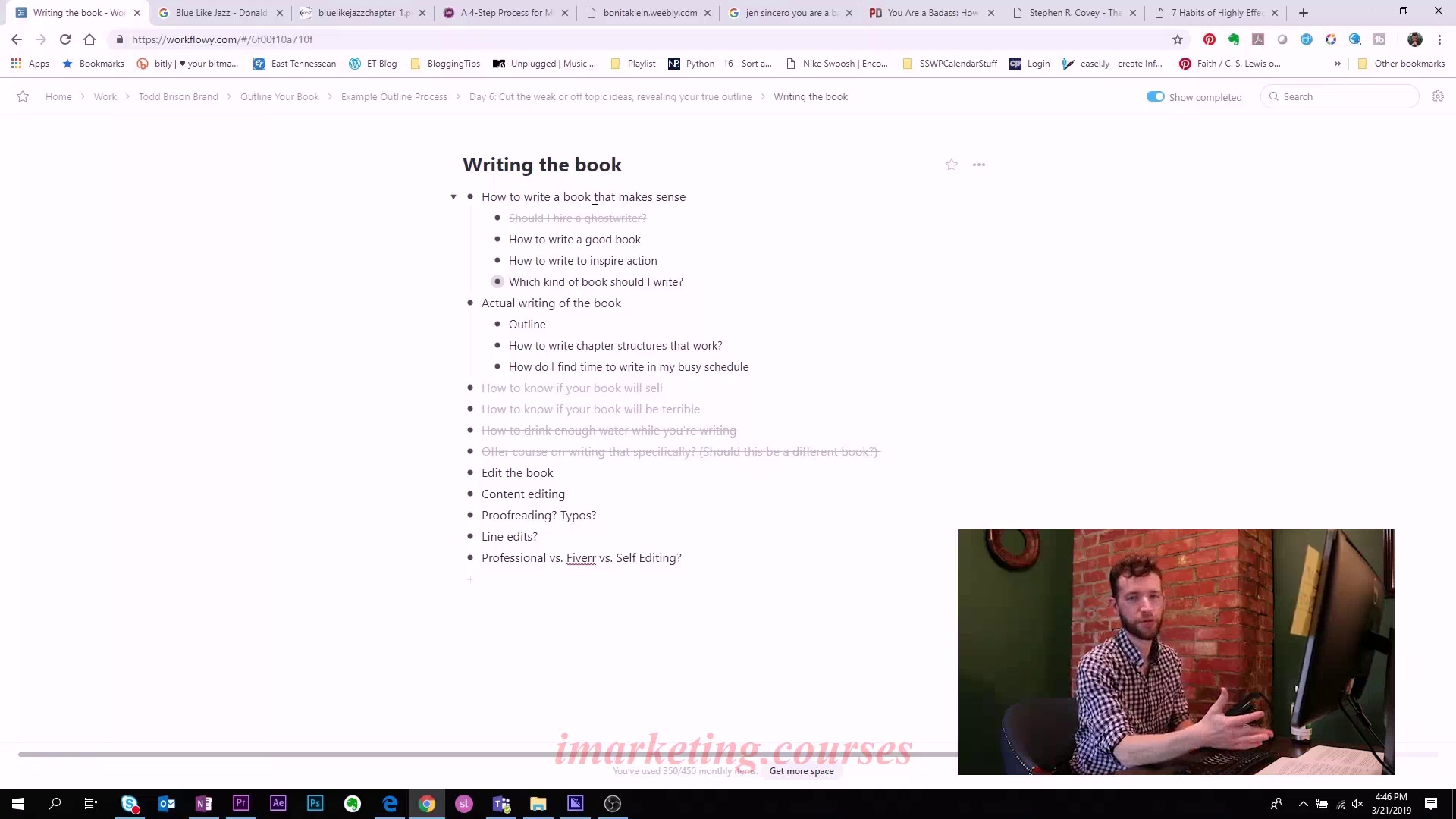
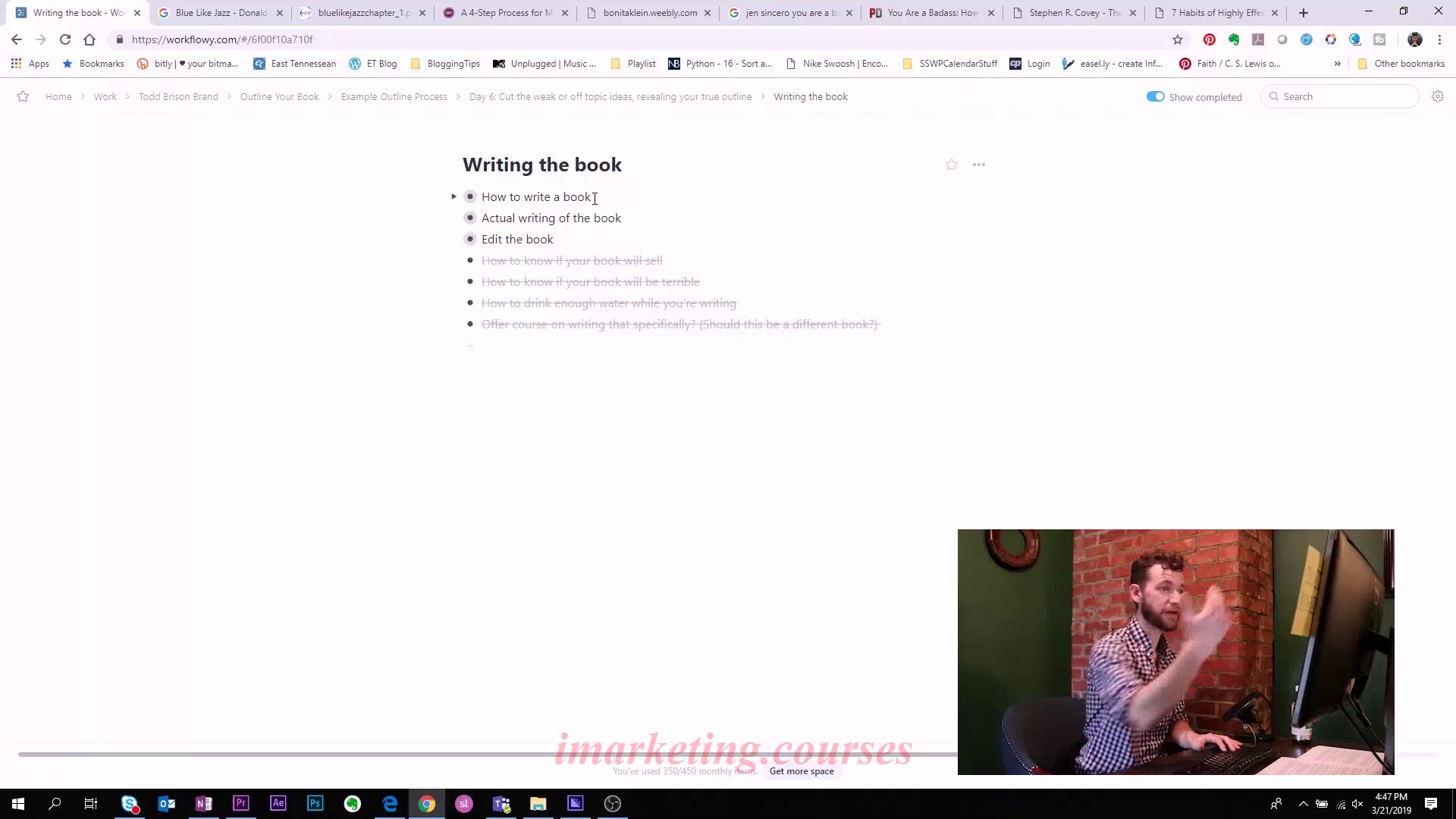
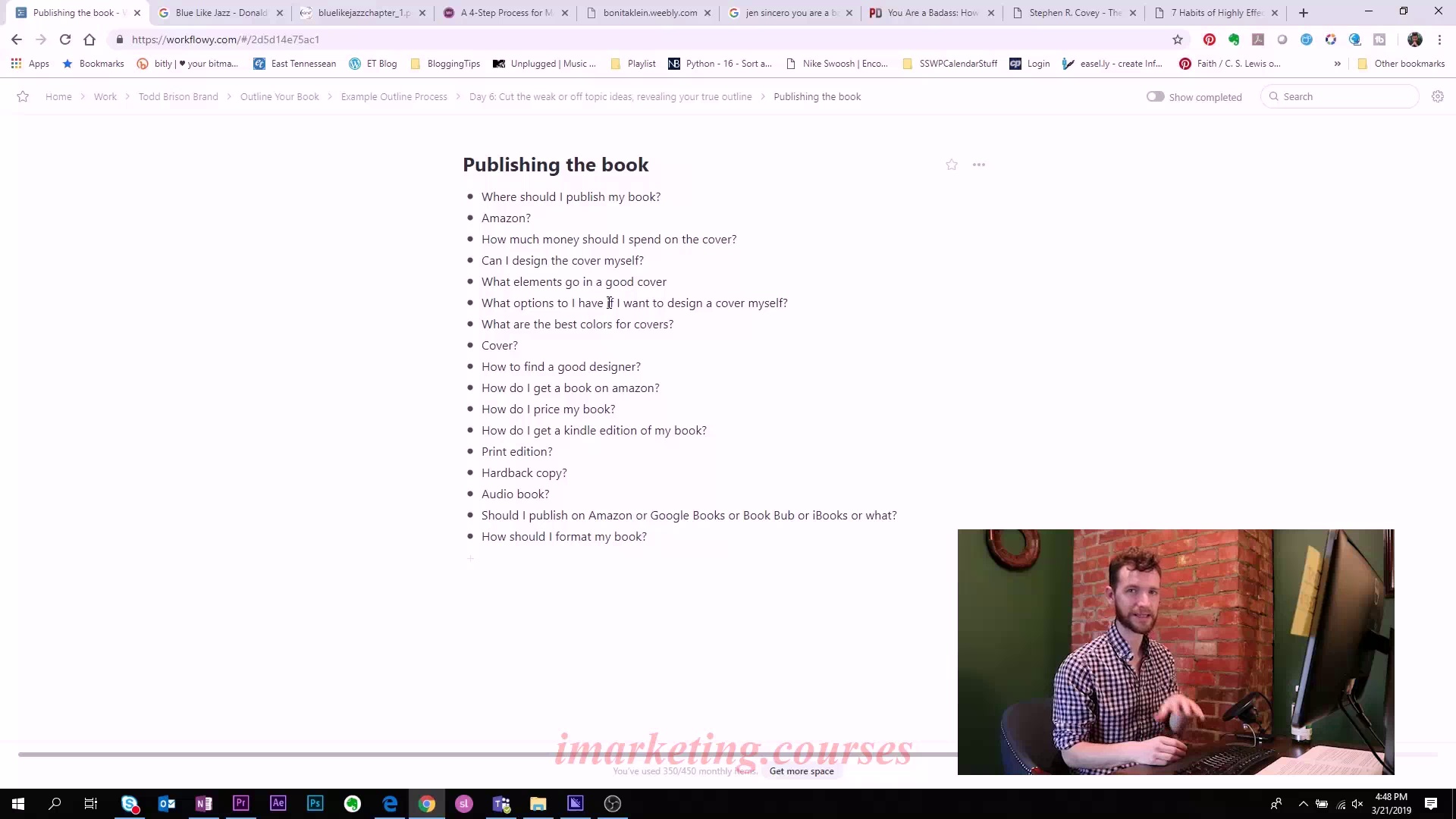
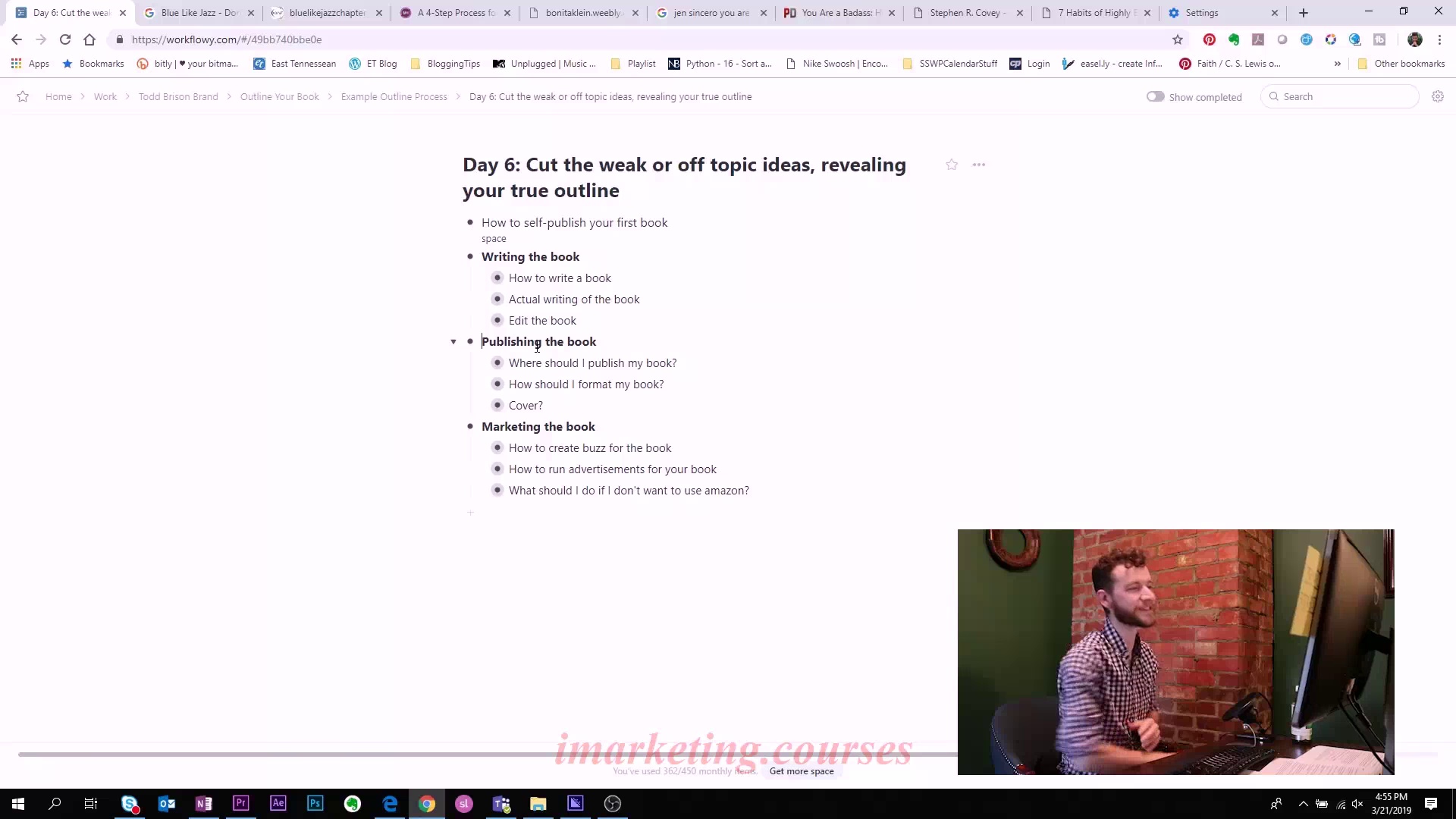
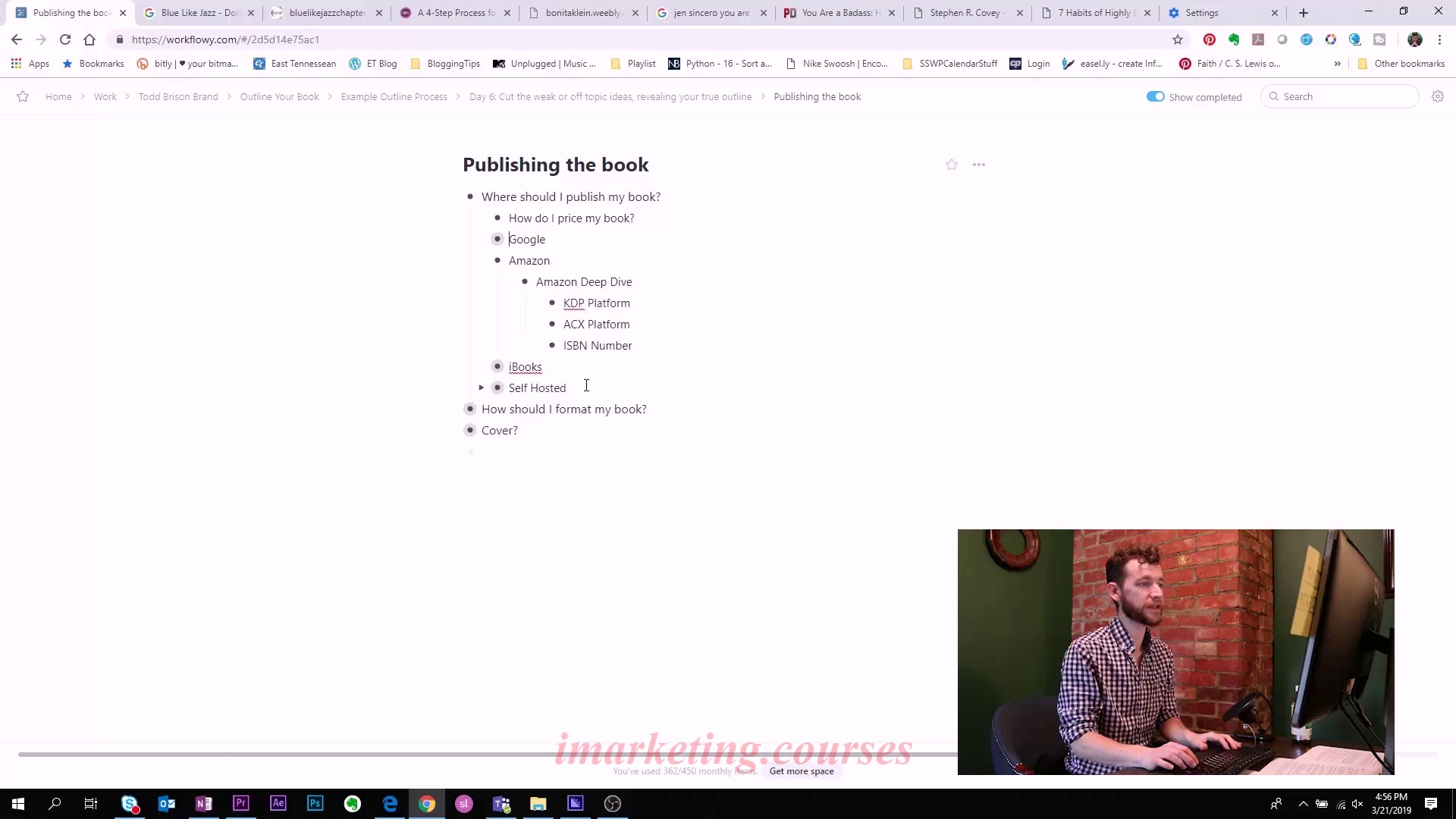
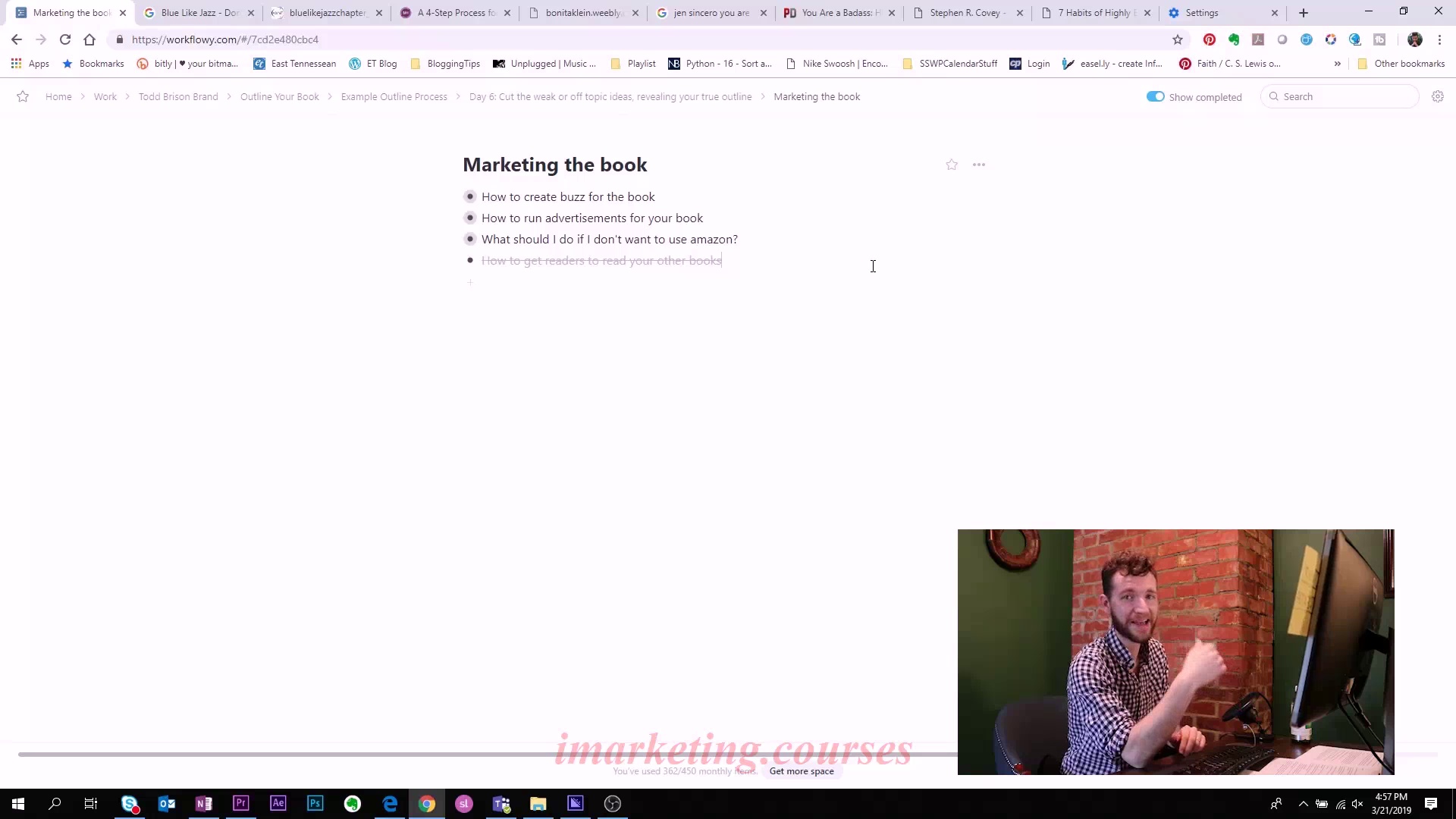
The narrator provides guidance on editing a book outline, focusing on three main sections: writing the book, publishing the book, and marketing the book. He recommends being "ruthless" in cutting unnecessary ideas to keep only the most relevant content. When organizing, consider the order and flow of ideas as well as balancing the length of sections. Go through each section methodically, nesting related ideas under main topics. For example, under "writing the book," nest ideas for outlining, deciding on chapters, finding time to write, etc. Eliminate off-topic ideas even if you want to save them for potential future books. Identify areas needing more research. Once the outline feels coherent, with good rhythm and order, you can begin writing informed on where to focus your efforts. The key is having clear direction before starting the lengthy writing process.
.Tim-D-AmazonBookPubl Misc 7 to end - Part 3
























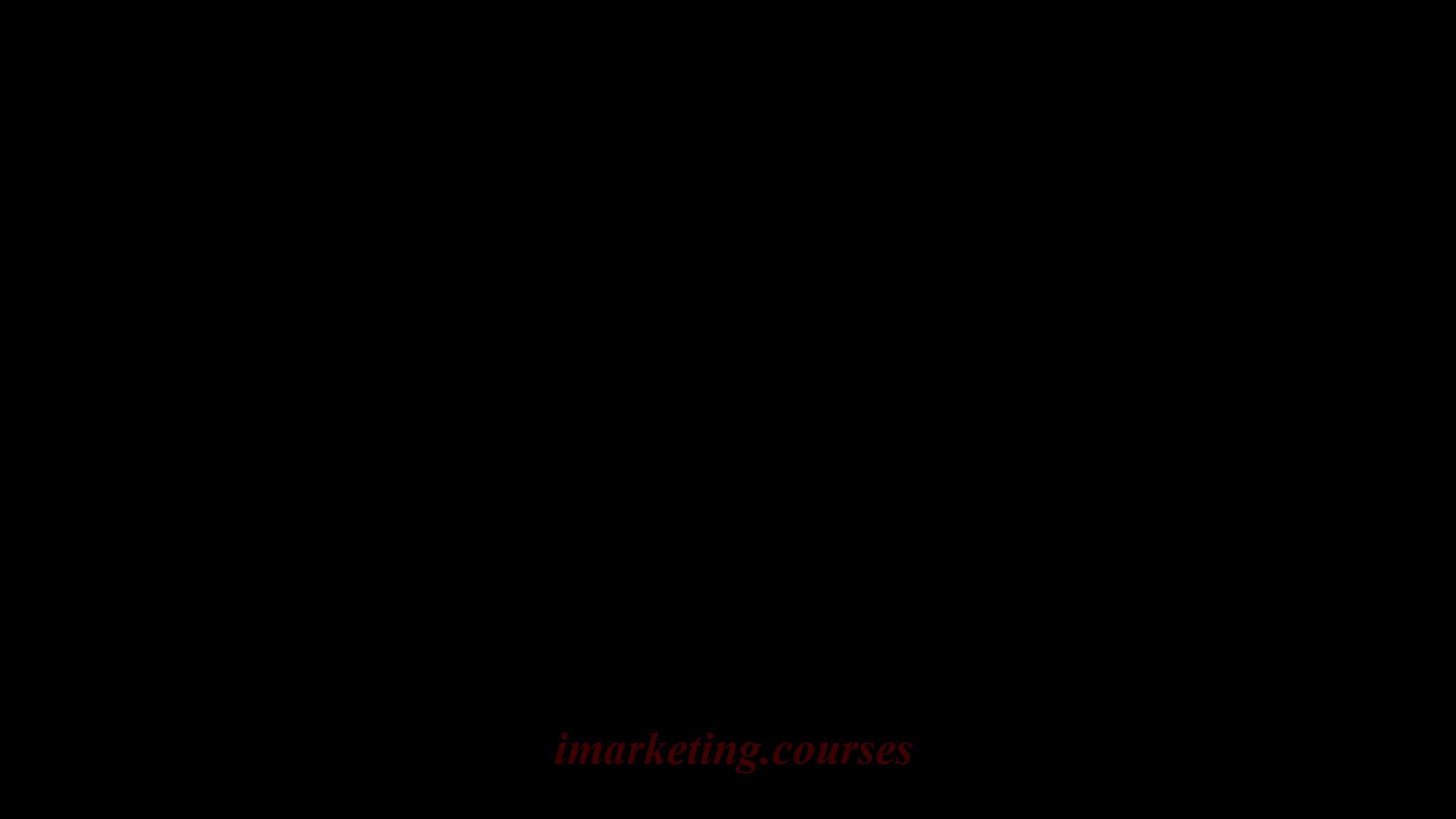

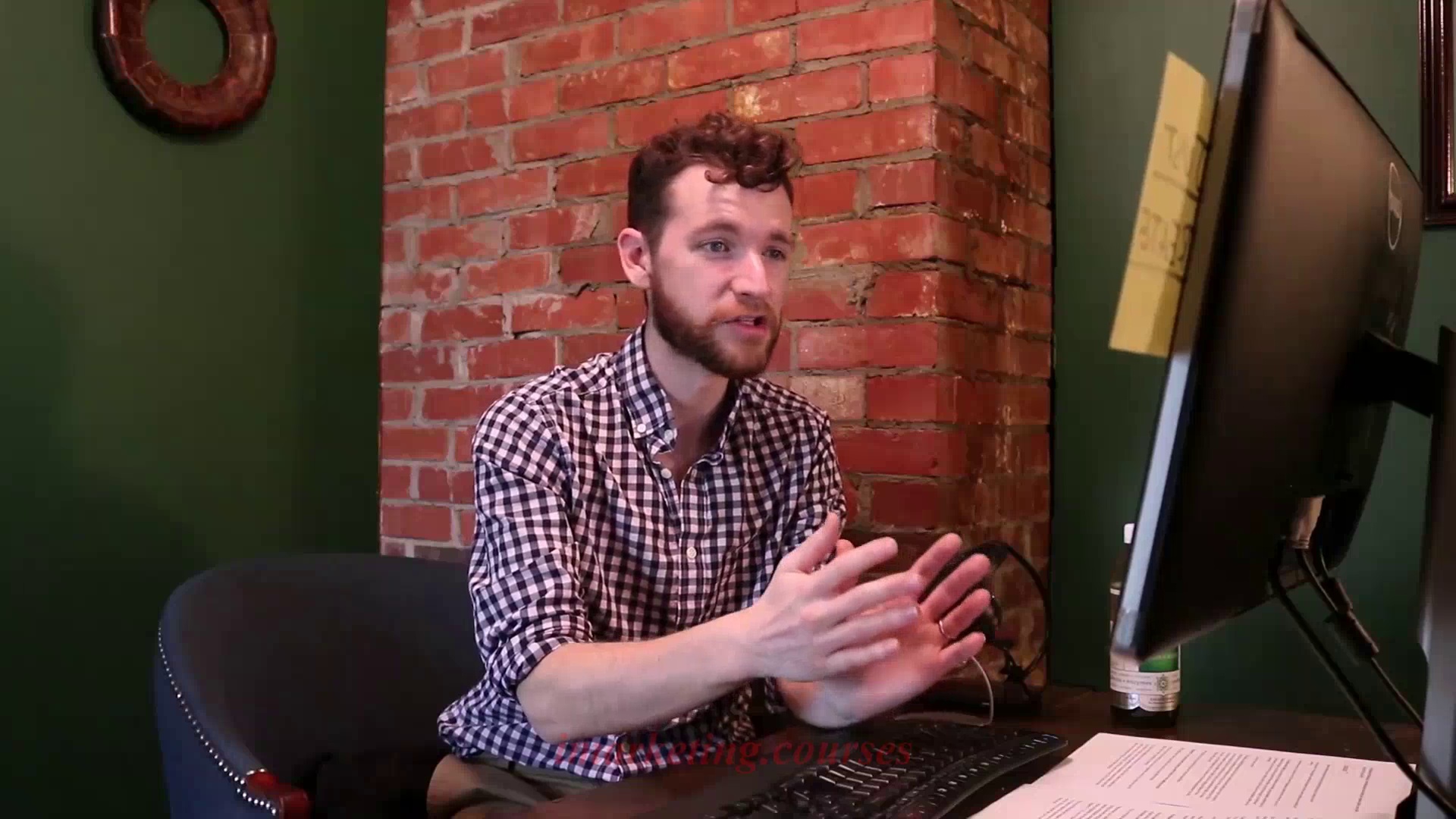


Todd B. congratulates the viewer for completing the outlining process and being ready to write their book. He offers two common issues that can arise during the writing process and solutions for them:
1. New ideas pop up that weren't in the outline. He recommends documenting extra ideas in a separate file to revisit later so they don't derail writing the current book. Ideas that align with the book's goals can be added directly to the outline.
2. The outline content falls short of the desired word count. This is common. He suggests flexibility in writing chapters out of order based on the outline to maintain momentum. Any gaps can be filled in later.
The narrator stresses the value of an outline for enabling efficient writing. He encourages the viewer that they can write a book that will change their life.
.Tim-D-AmazonBookPubl Misc 7 to end - Part 4





























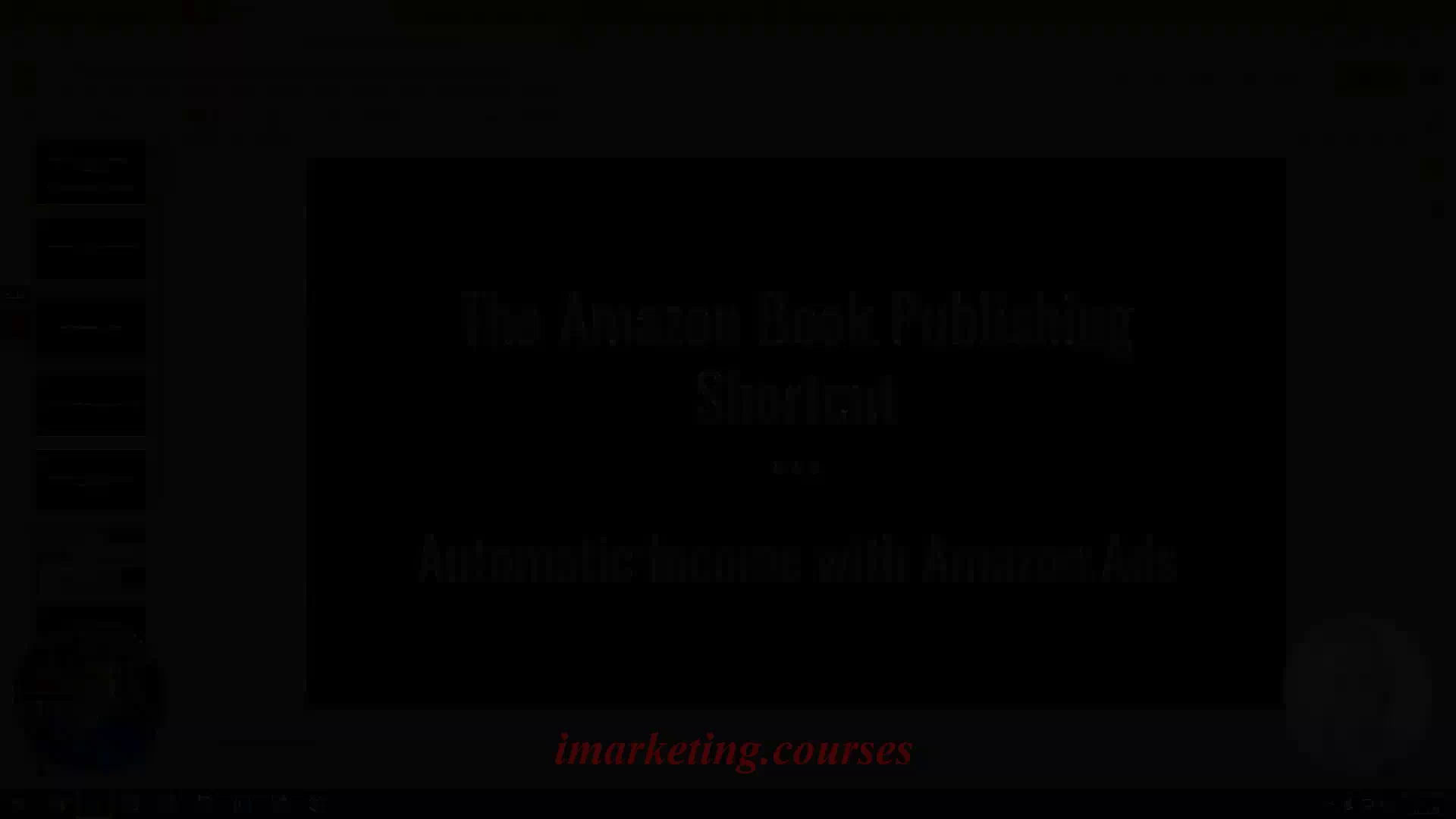
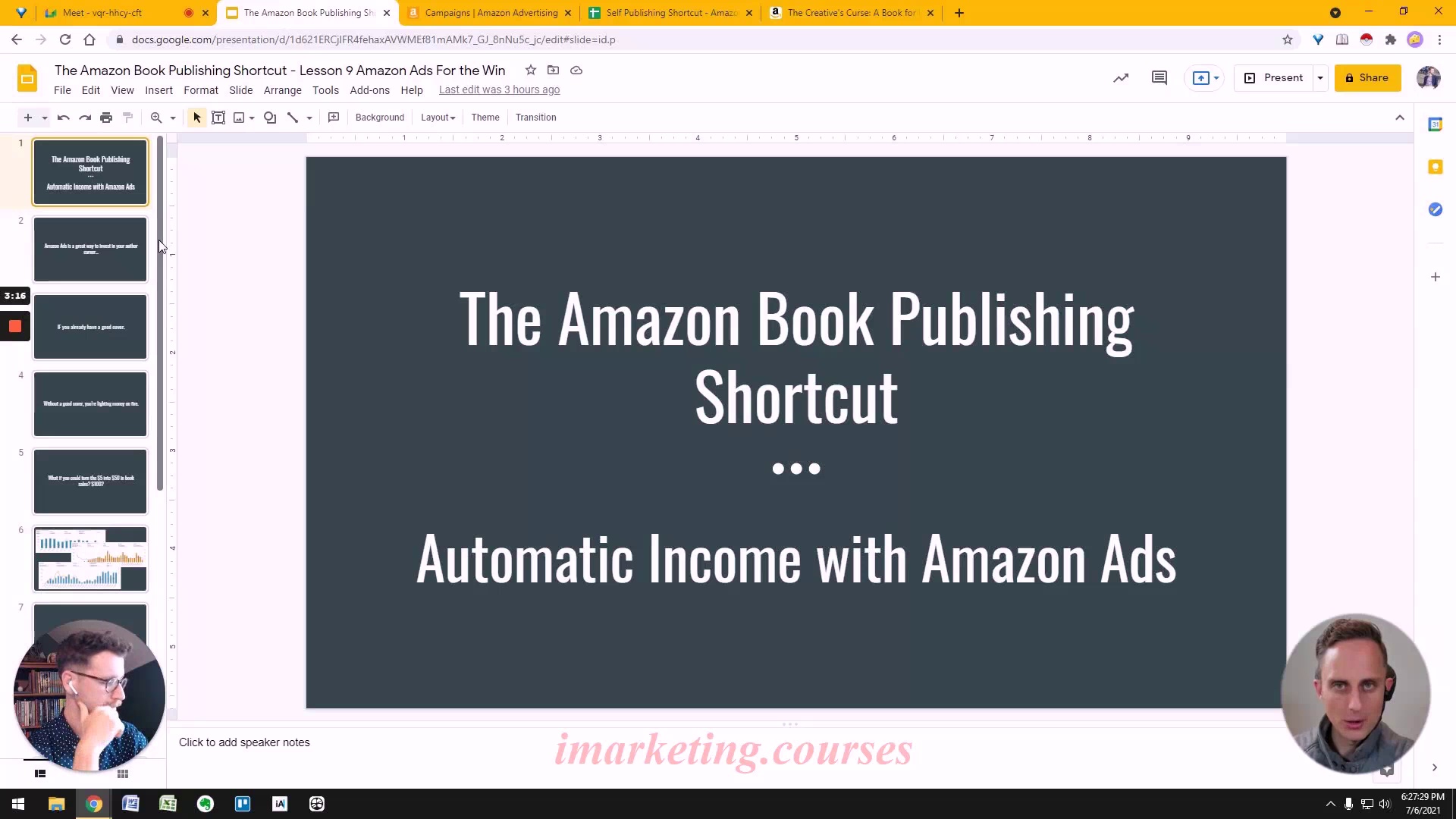

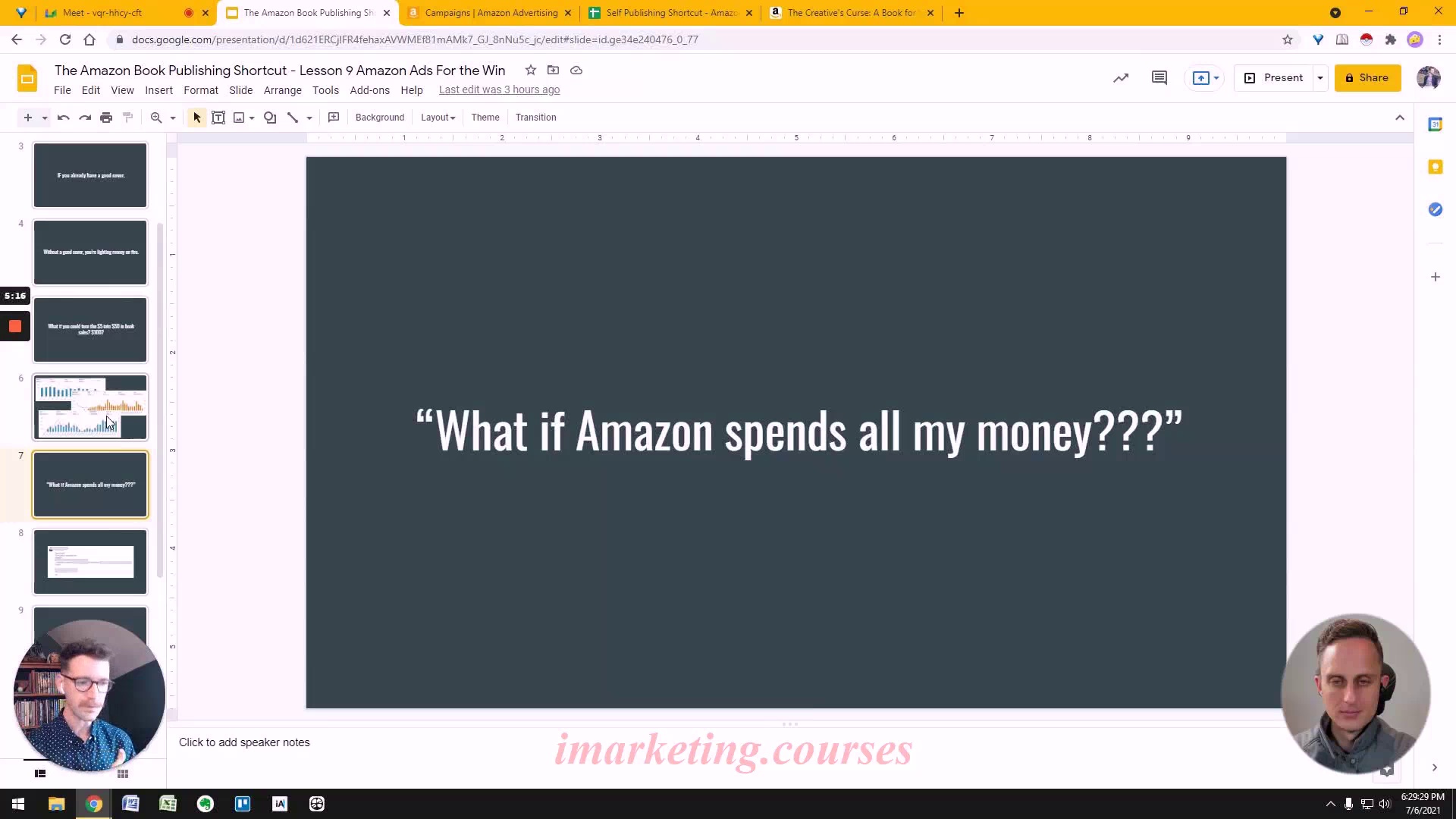
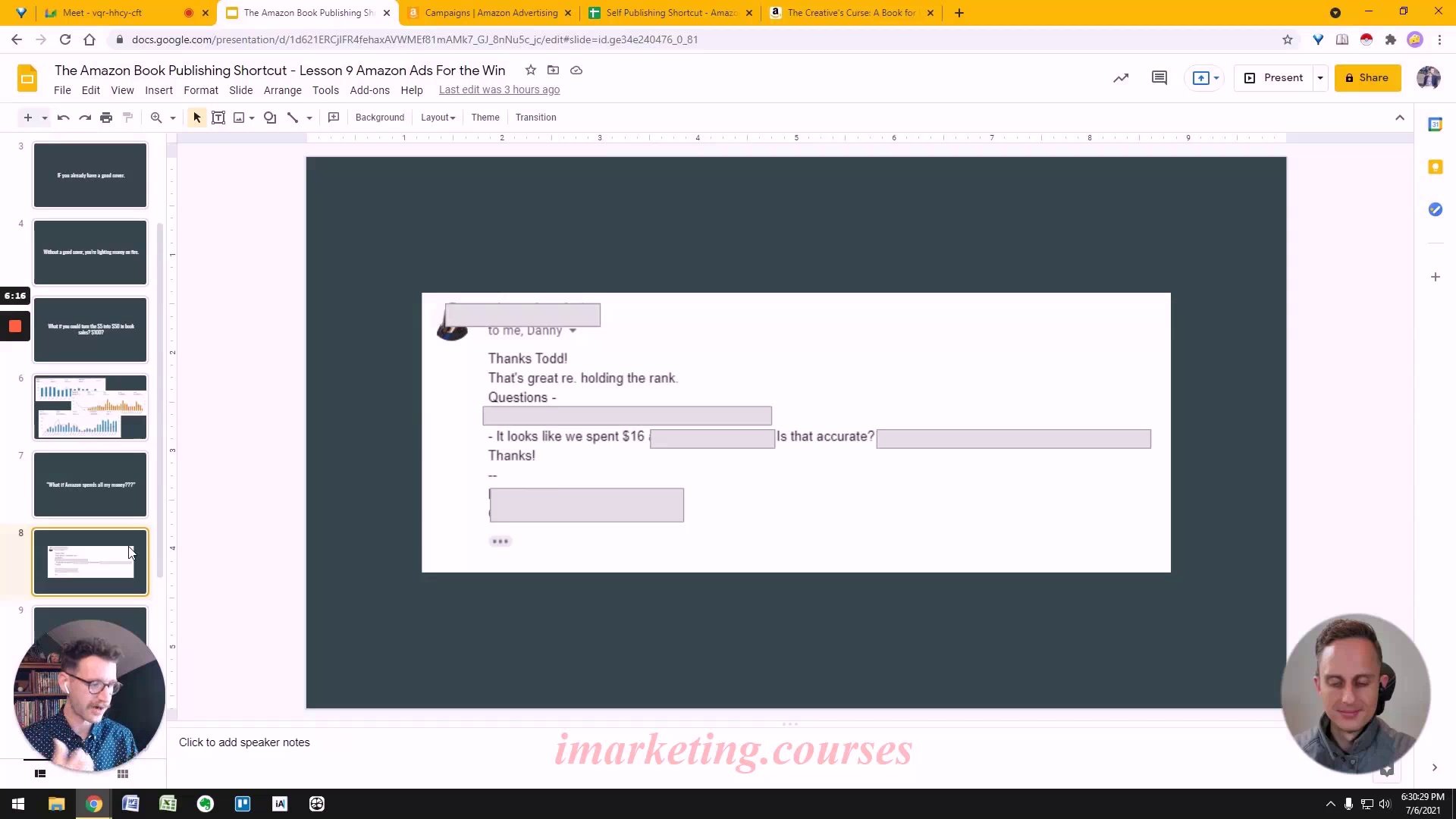
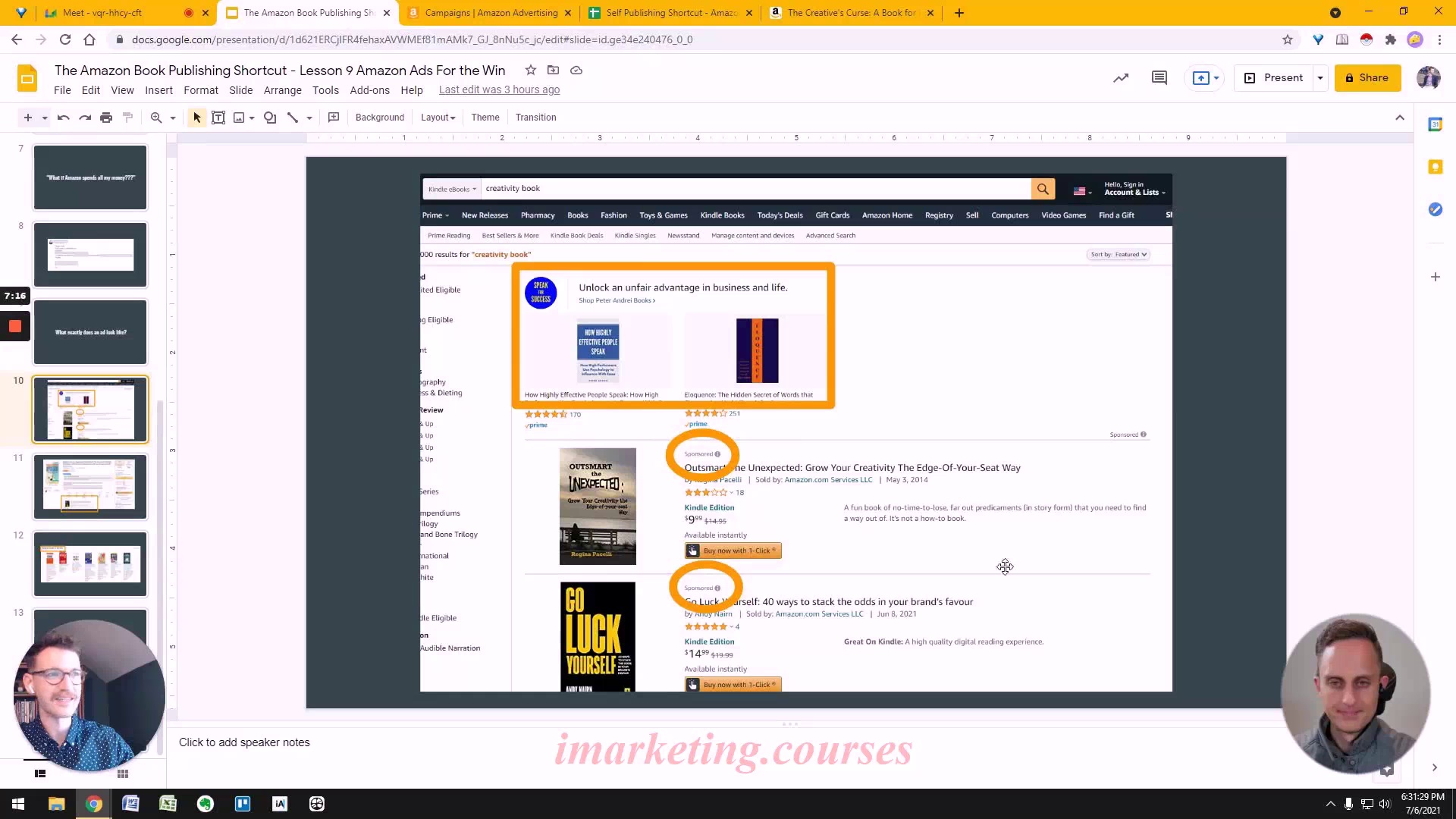
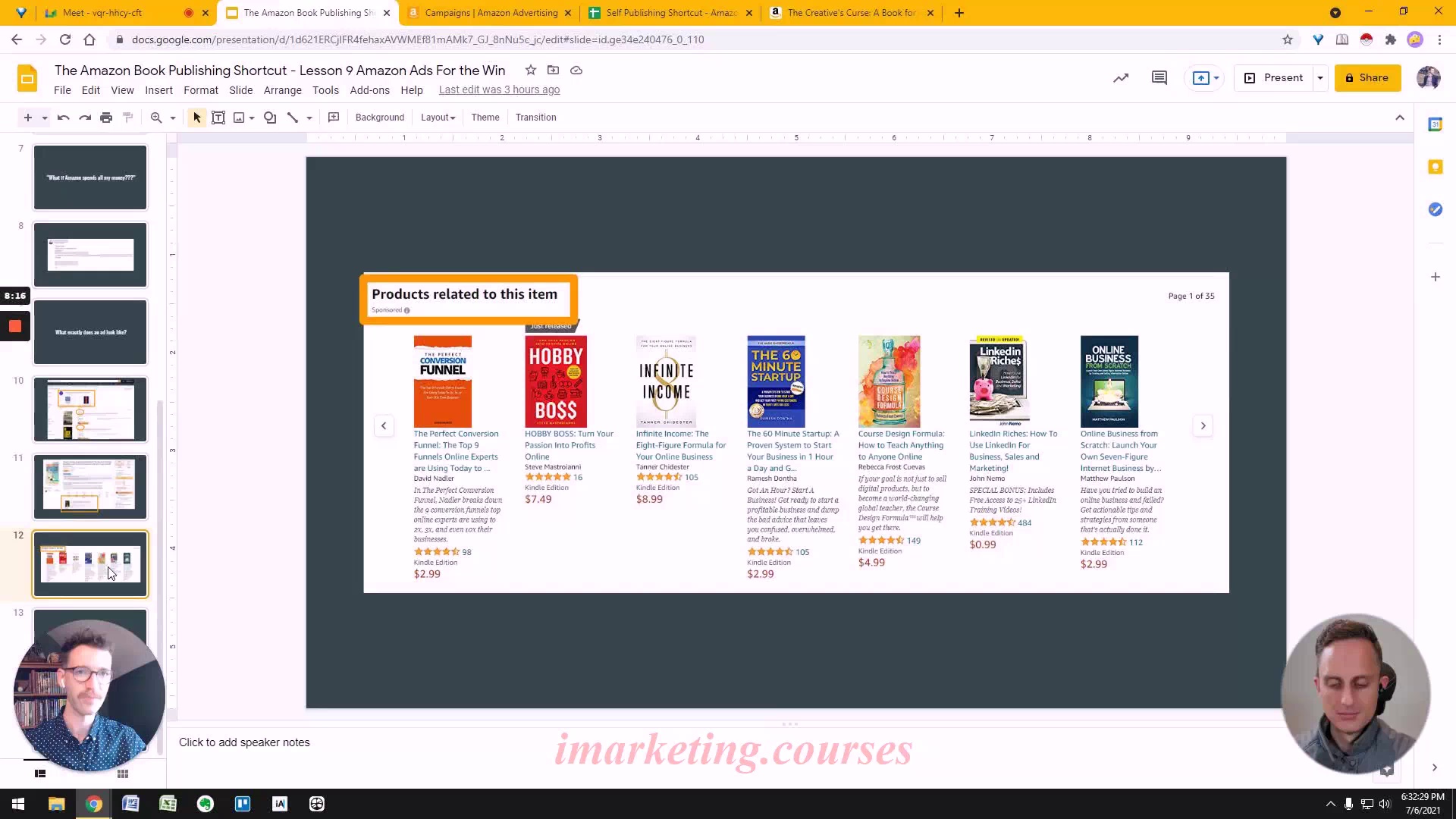
The narrator says Amazon ads are a great place to invest money because you can turn a small budget into greater sales. However, you need a quality book cover first or you'll just waste money. Typical stats show about a 2x return on ad spend. However, Amazon's dashboard numbers can be unreliable, so don't trust them fully.
Many authors worry Amazon will spend their whole ad budget quickly, but the narrator says if you follow his methods of bidding low and targeting carefully, you likely won't overspend. One client only spent $16 because they were still testing the market.
Amazon ads show up in search results, below other product listings, and in "related product" sections. Essentially, advertisers bid in a real-time auction to show their ads to searchers. Amazon picks the highest, most relevant bids to show. So relevance, not just high bids, matters.
The key is finding better and better targets so your book is highly relevant to the search. Then Amazon will want to show your ad more. The narrator will explain how to set up your first basic ad without much preparation so you can get started right away.
.Tim-D-AmazonBookPubl Misc 7 to end - Part 5




































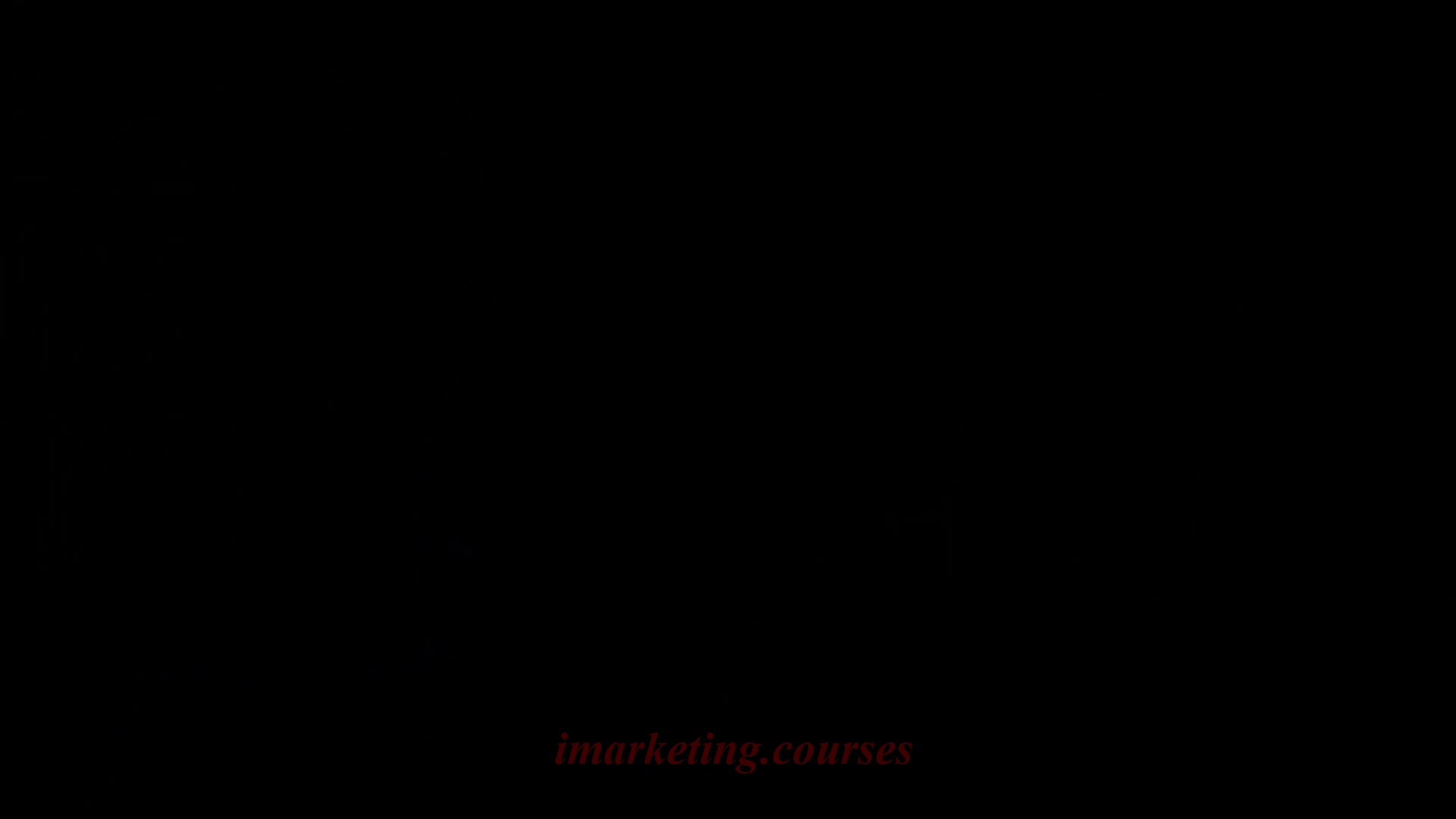
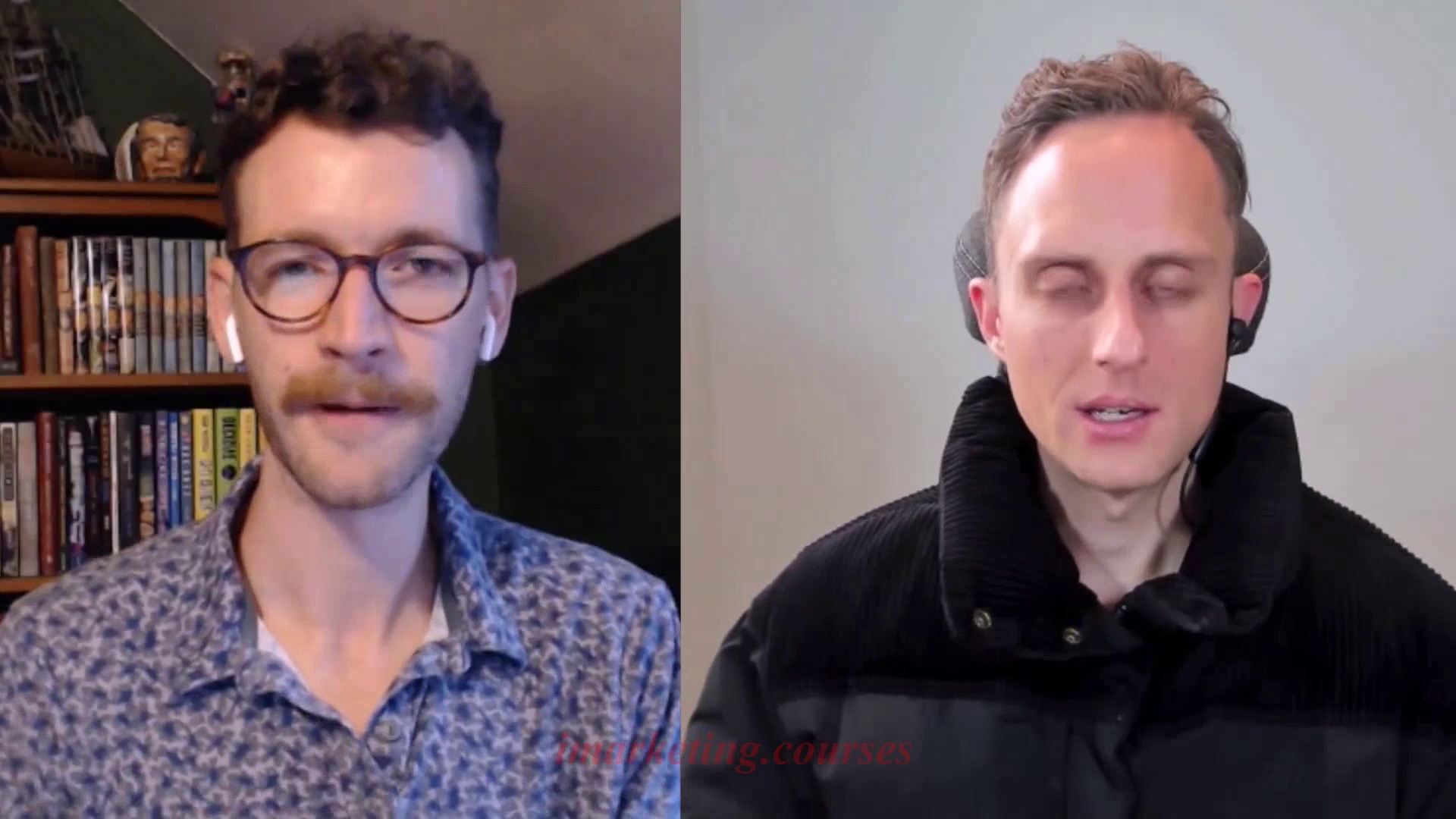


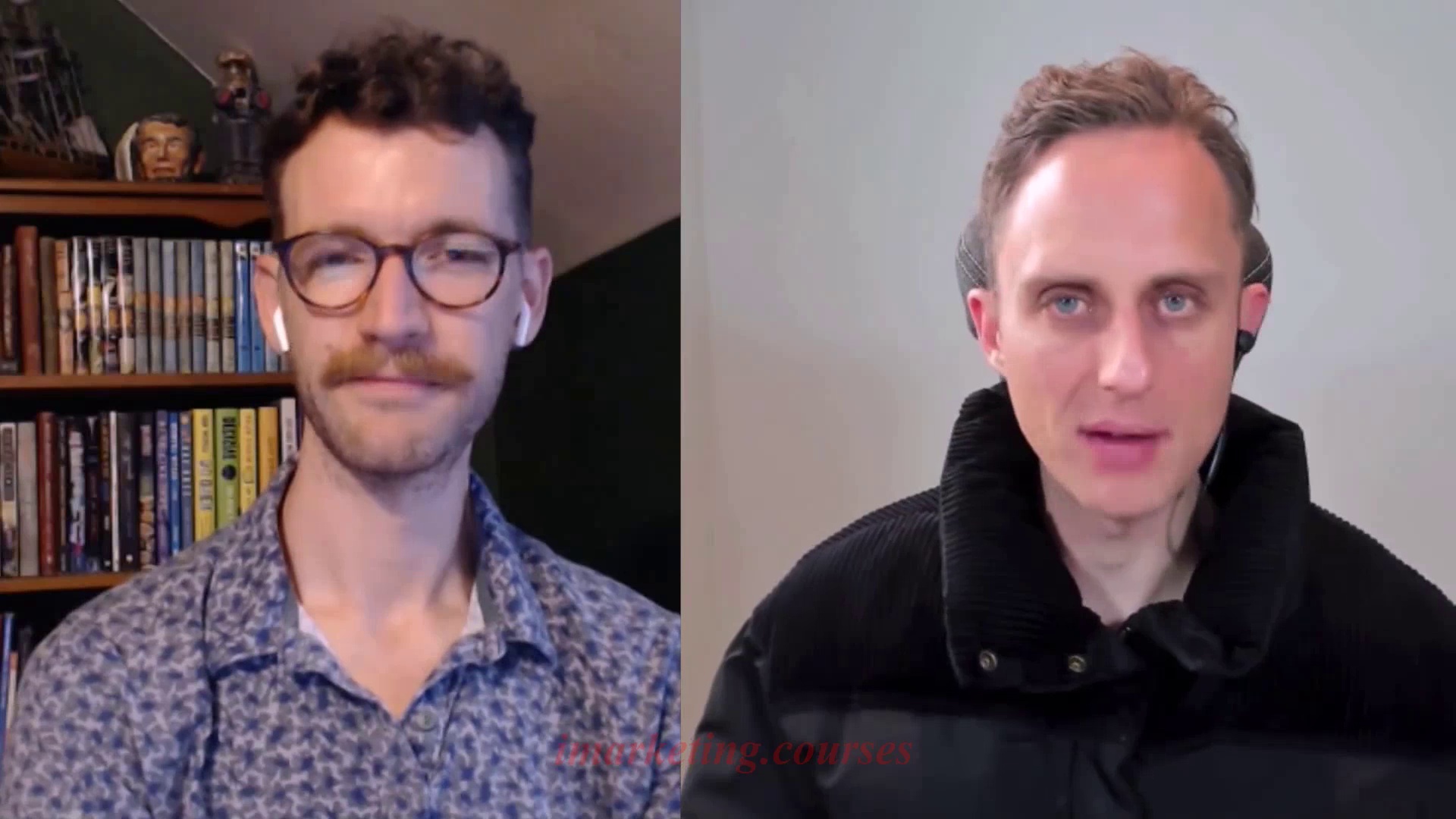
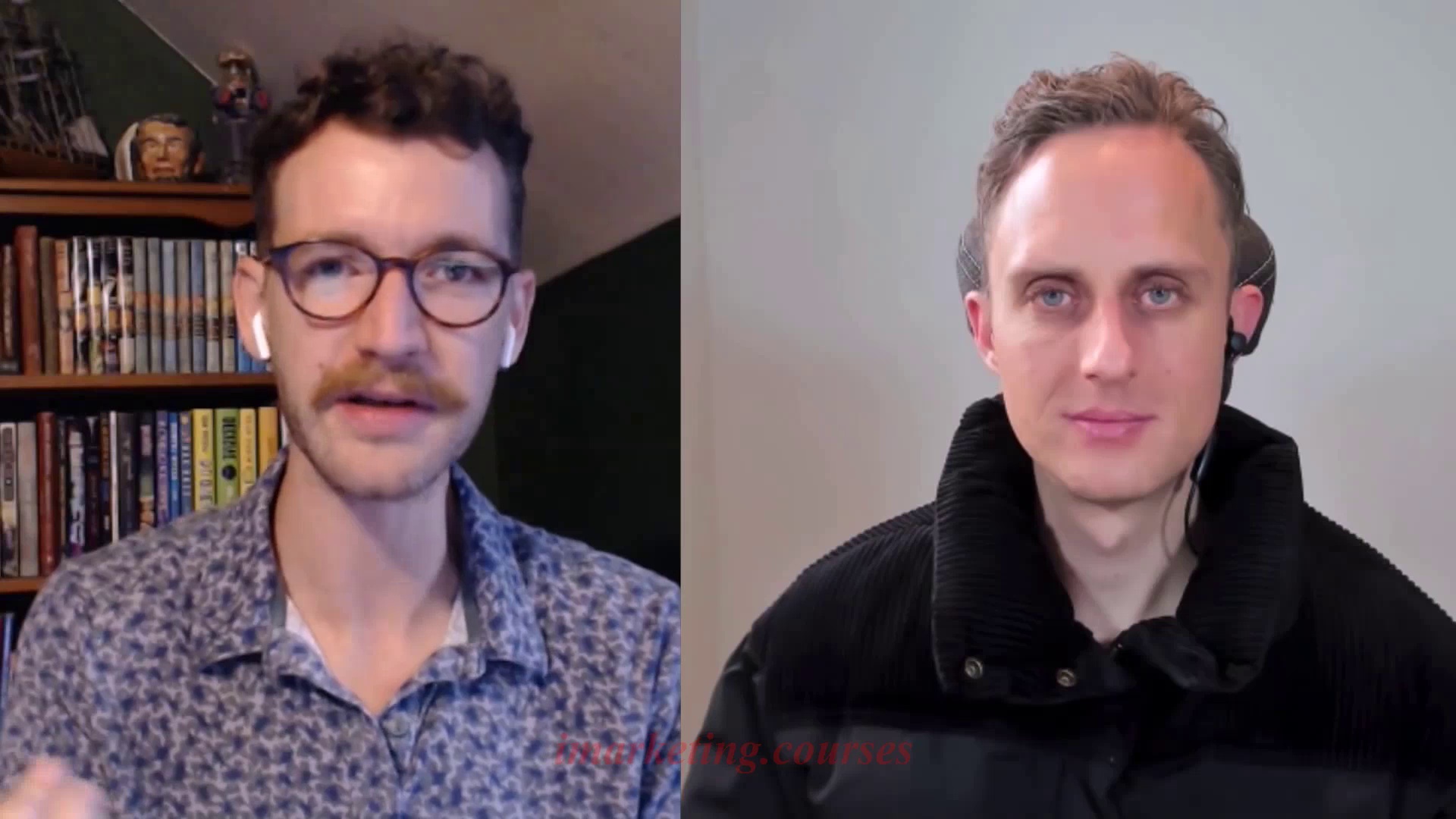
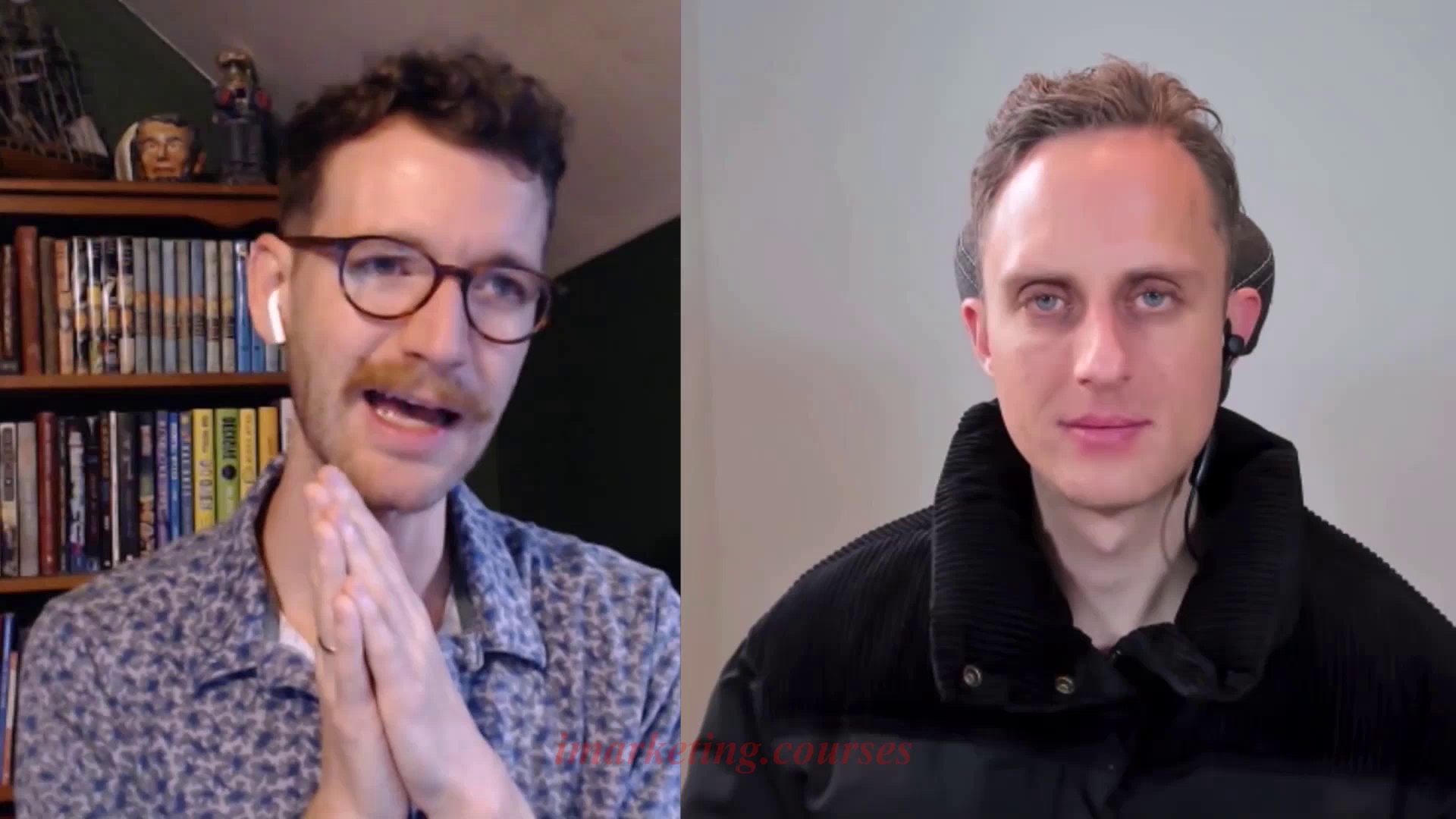
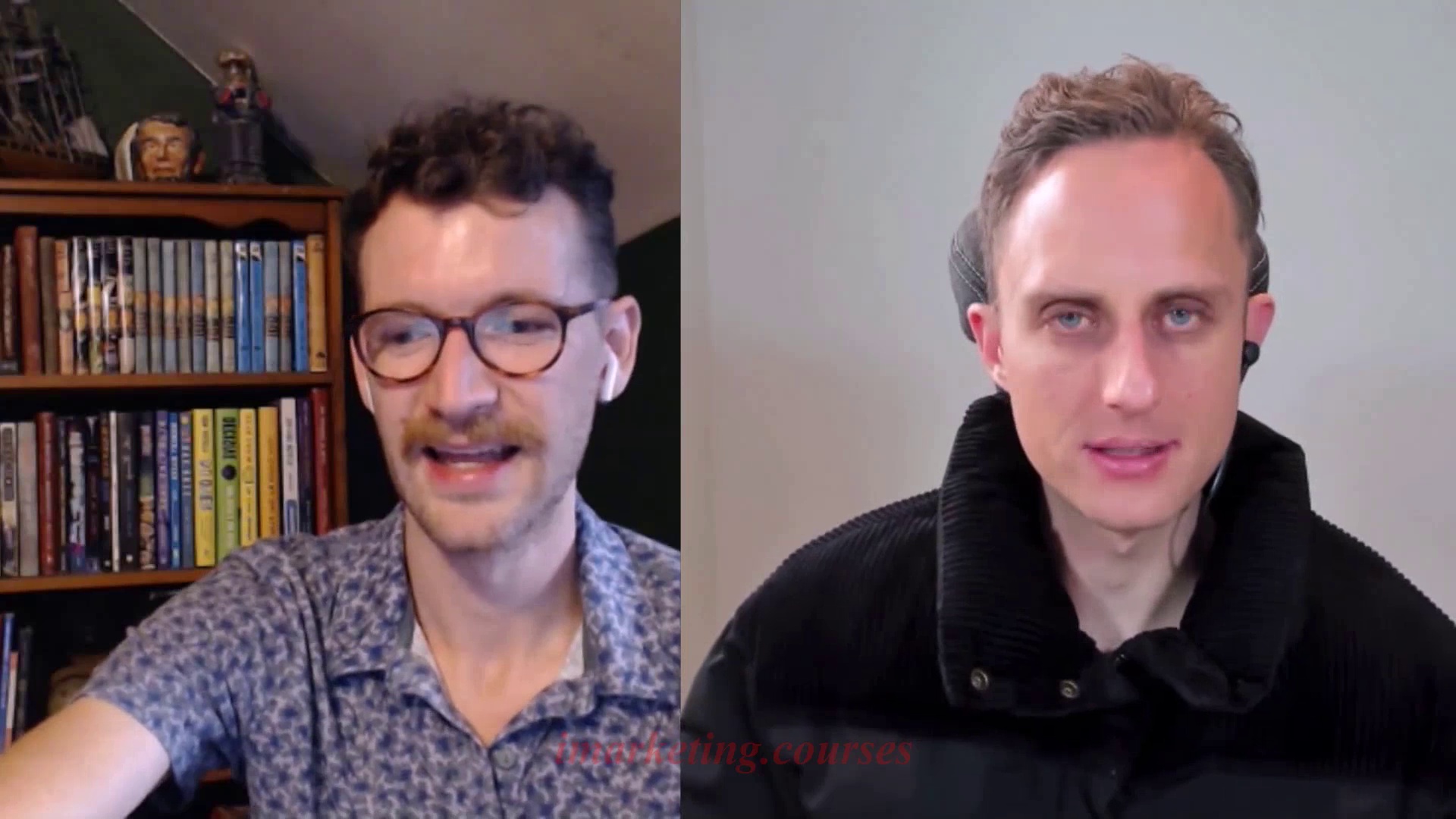
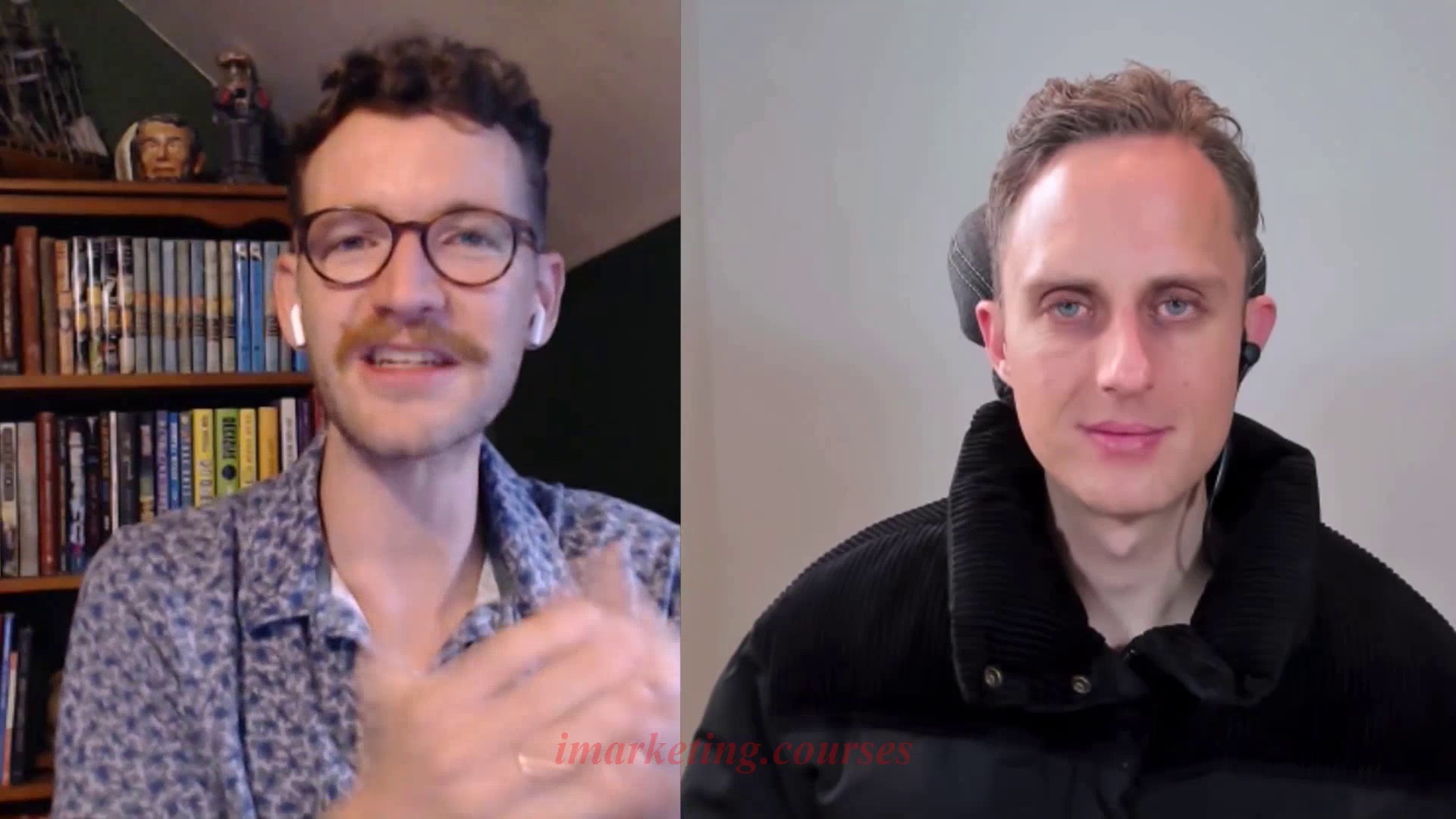
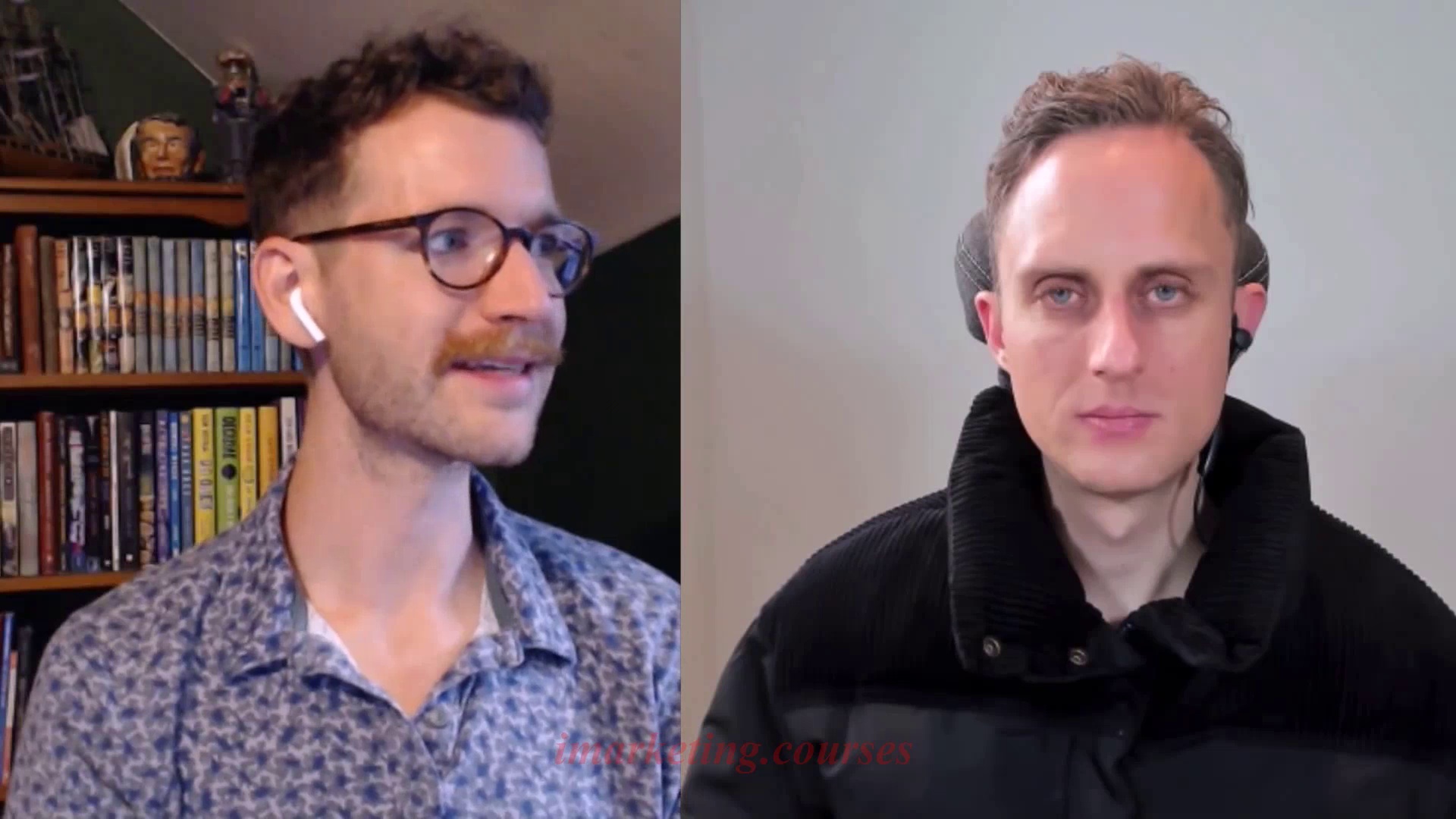
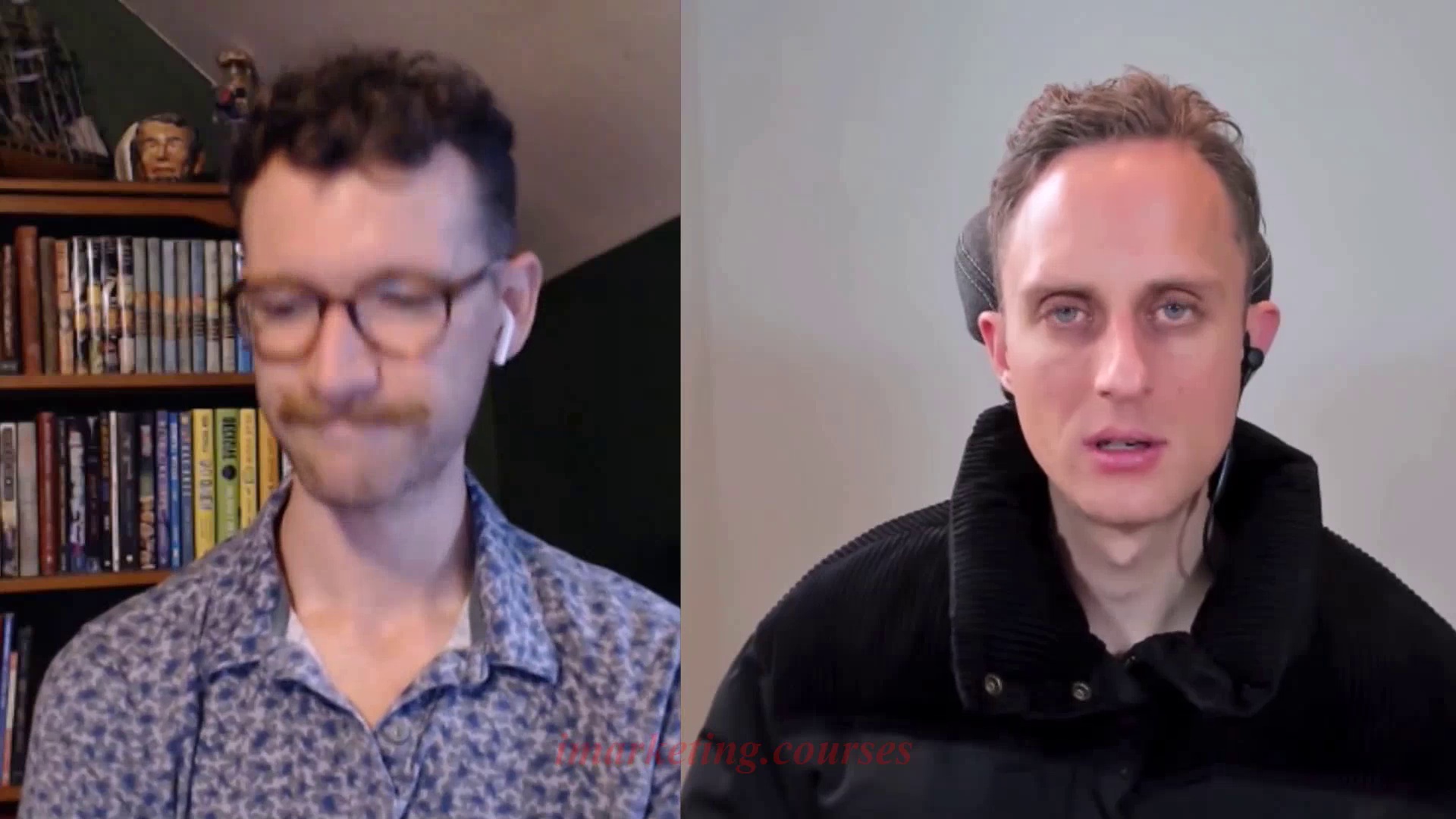
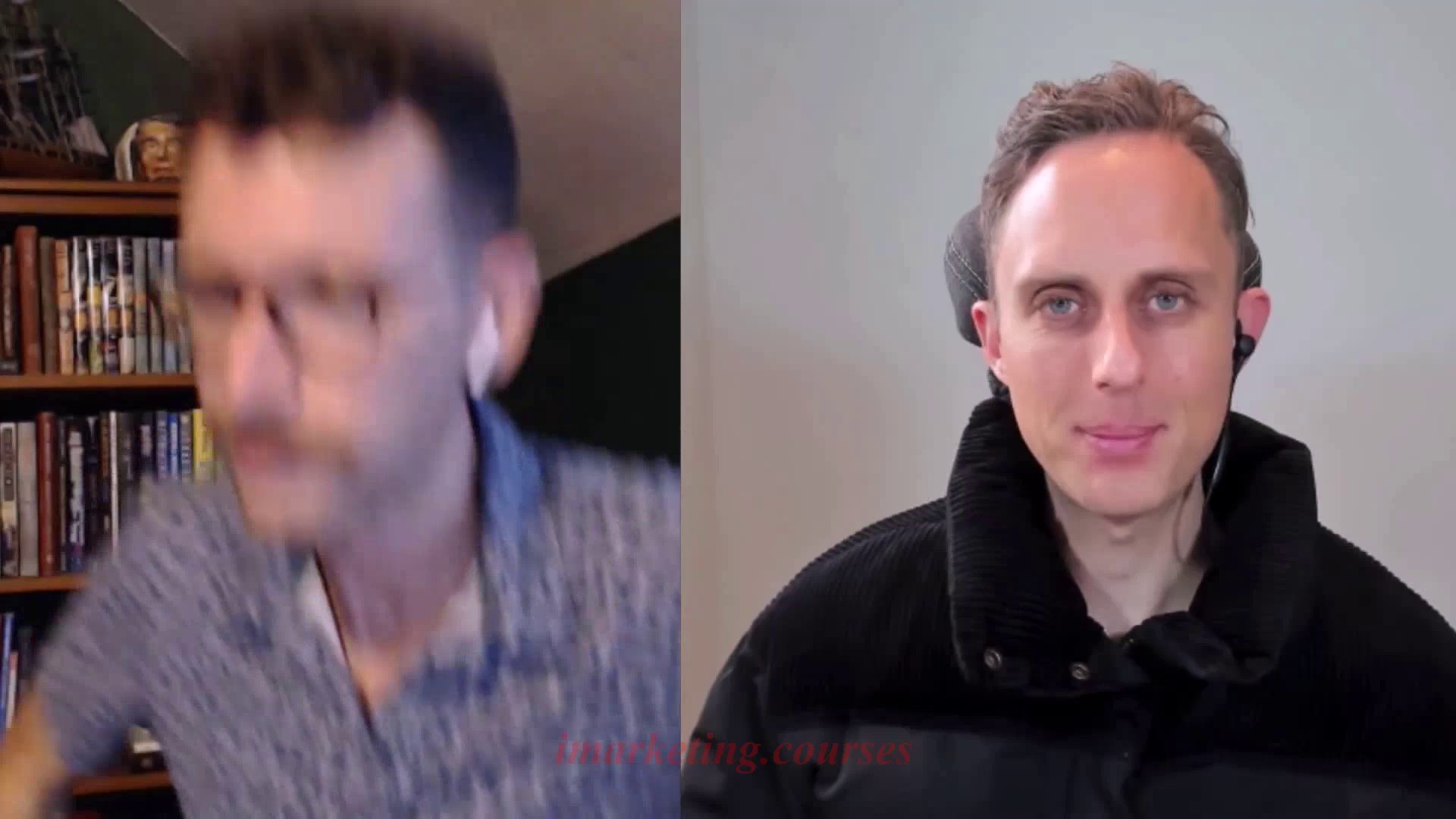
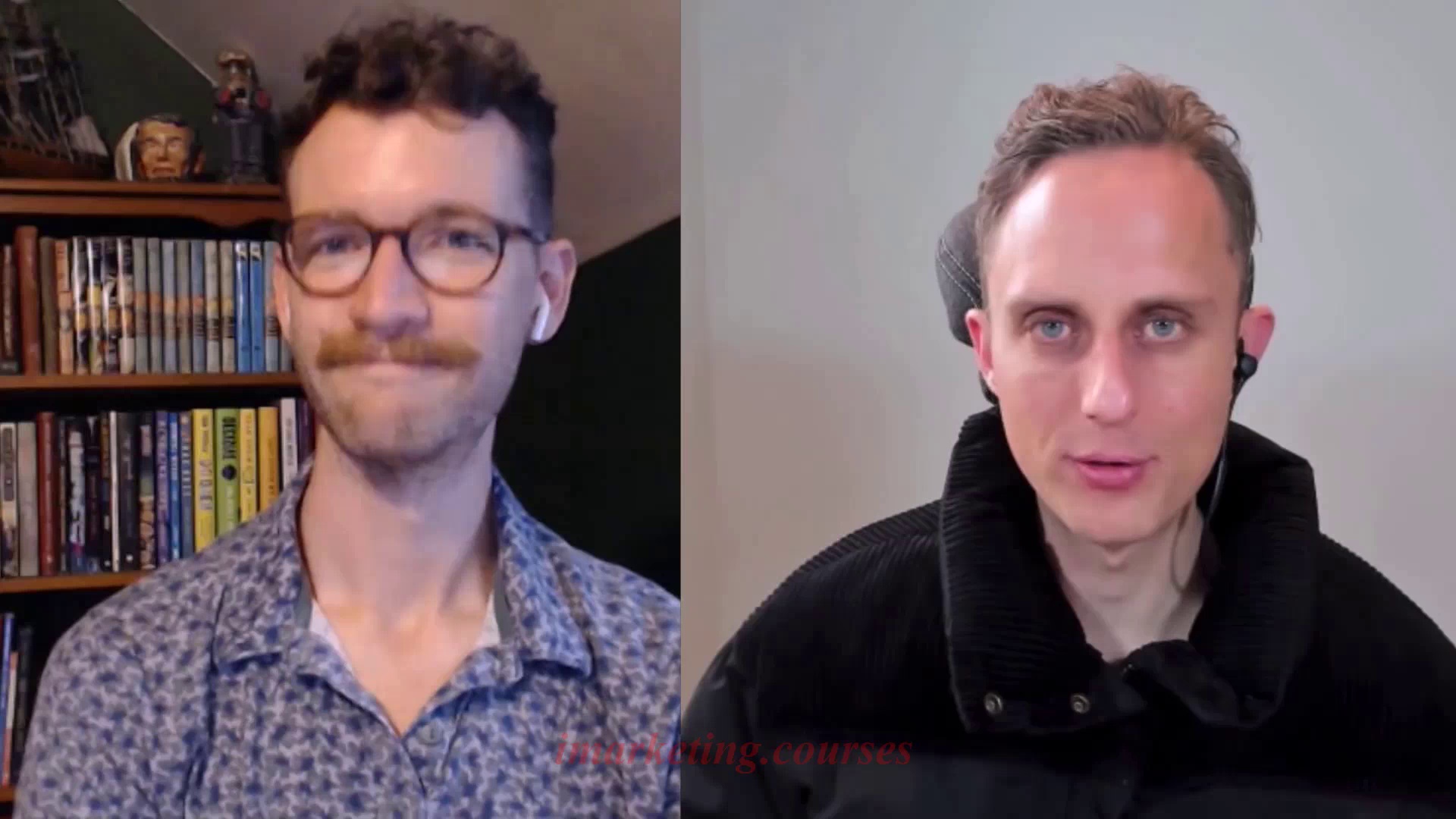
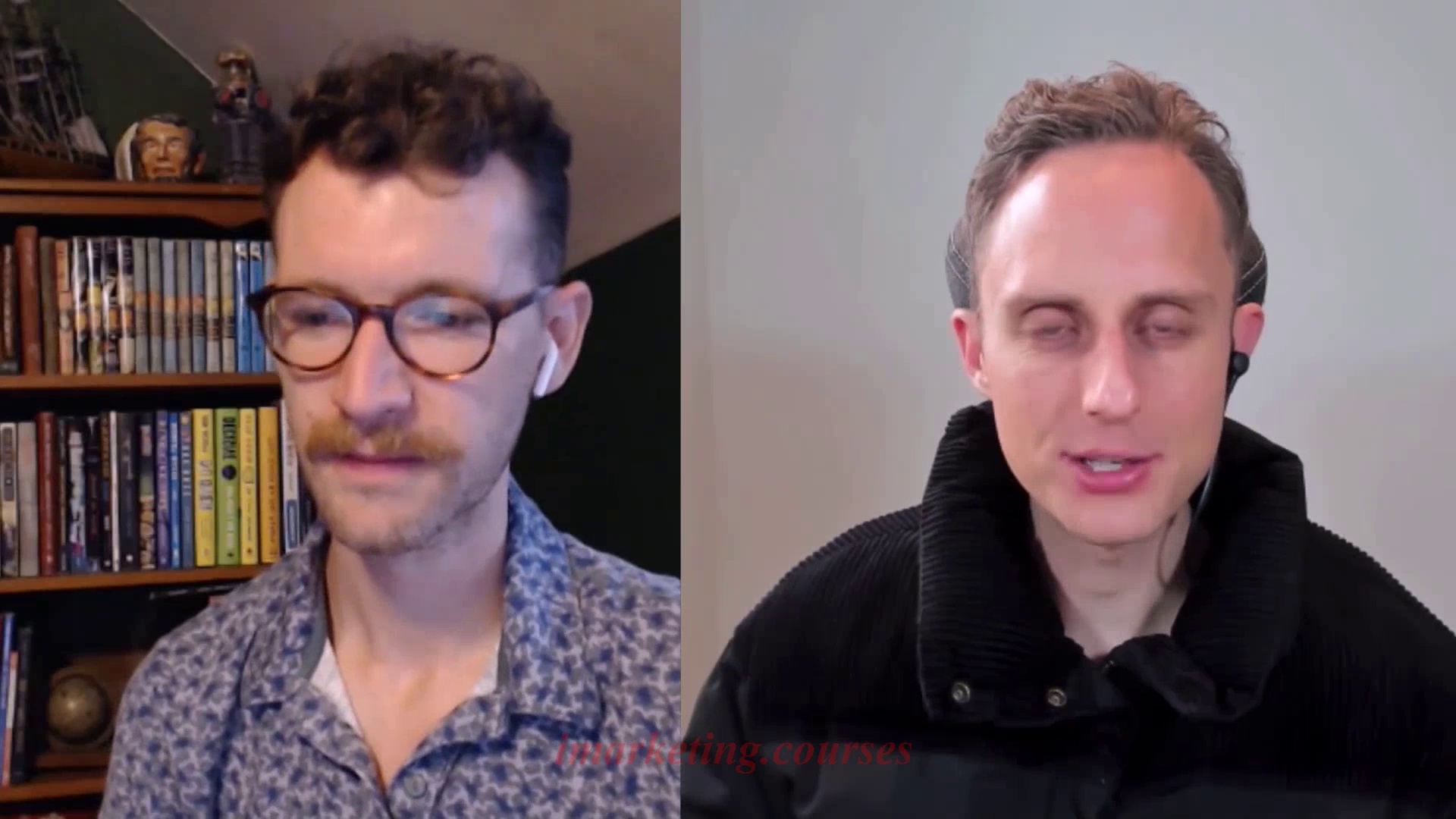
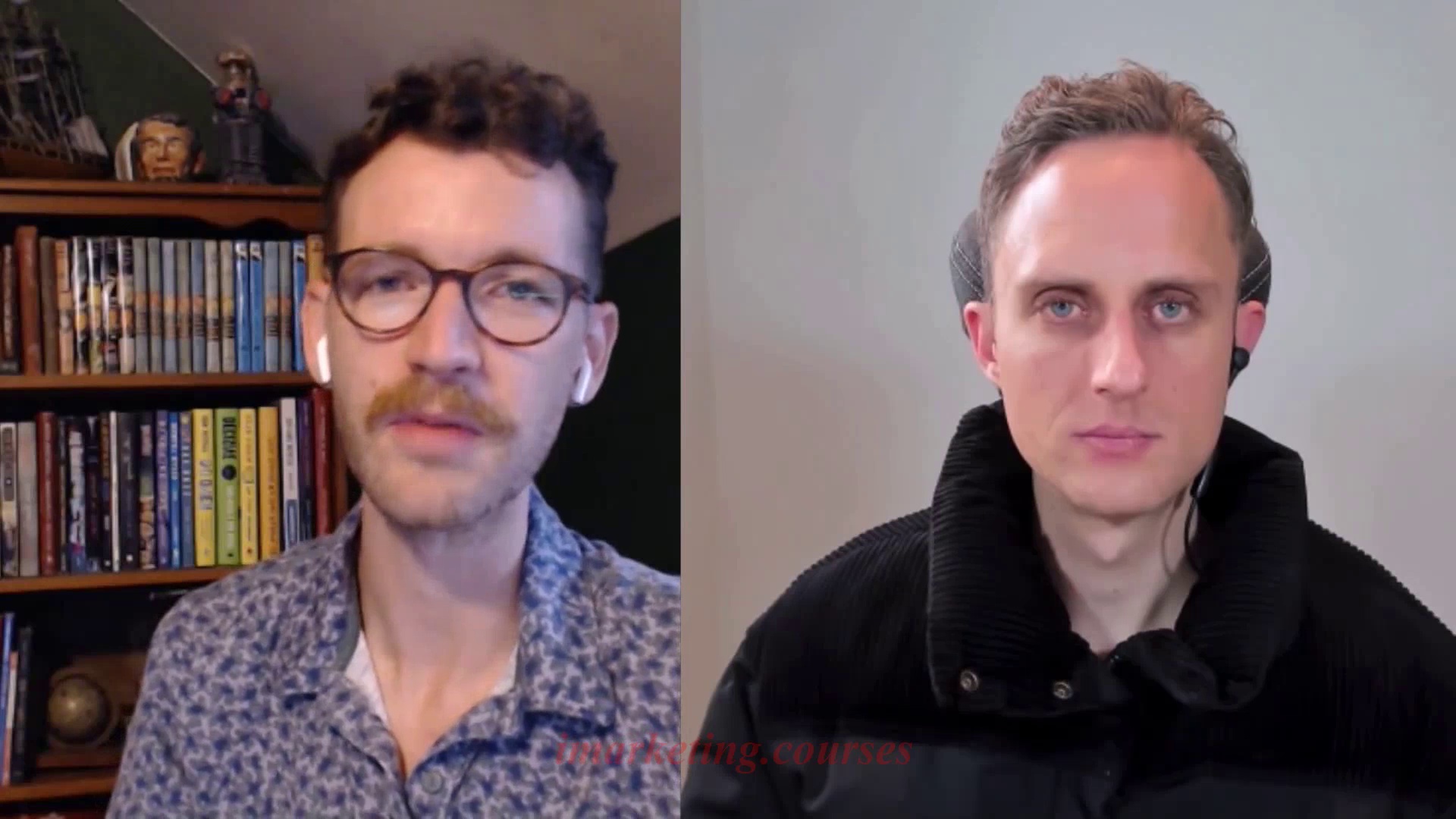
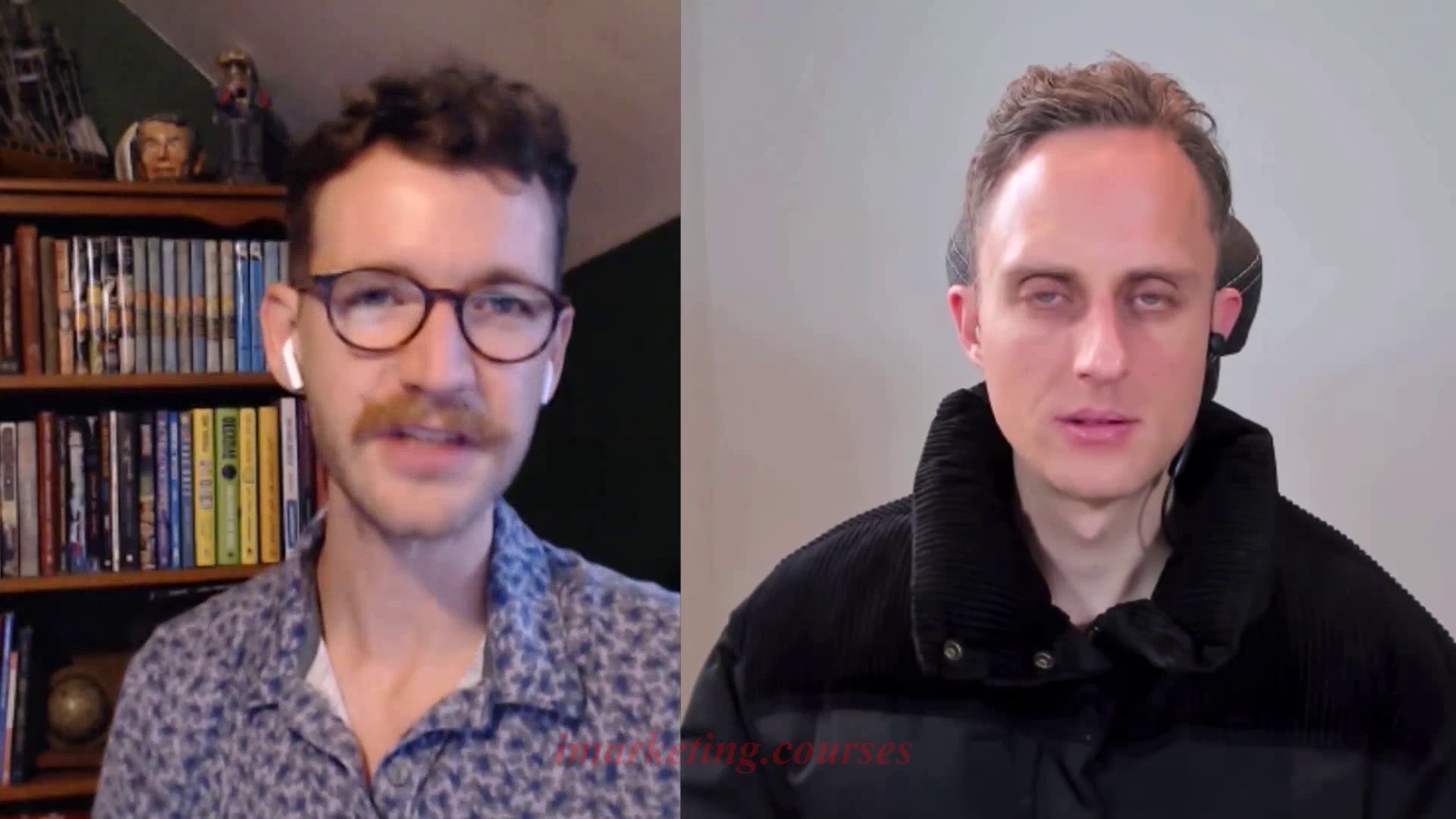
The narrator emphasizes that writing one book is just the start - releasing multiple books over time leads to improvement and the potential to find your audience.
Tim initially thought writing a book was daunting, but now views books as long blog posts that you iterate on, releasing several to eventually create a hit. He references author James Altucher's experience of releasing many not-so-great books before finally finding success.
The narrator argues that having a mindset of continually writing books makes you view it as a long-term career vs. staking everything on one release. He provides two examples - one author who unfortunately released her book right before 9/11, and another who wrote 8 books before finally having a bestseller with her 9th.
Tim discusses how he previously thought extensive marketing was required to sell books, but now realizes the power of Amazon ads to reach buyers organically. The narrator emphasizes optimizing your Amazon presence to let their built-in marketing work for you.
The narrator advocates viewing your book as a lead generator. Tim cautions against overly self-promotional books, but notes there are subtle ways a book can demonstrate your expertise and lead to coaching, courses, etc. The key is ensuring the book itself provides real value.
.